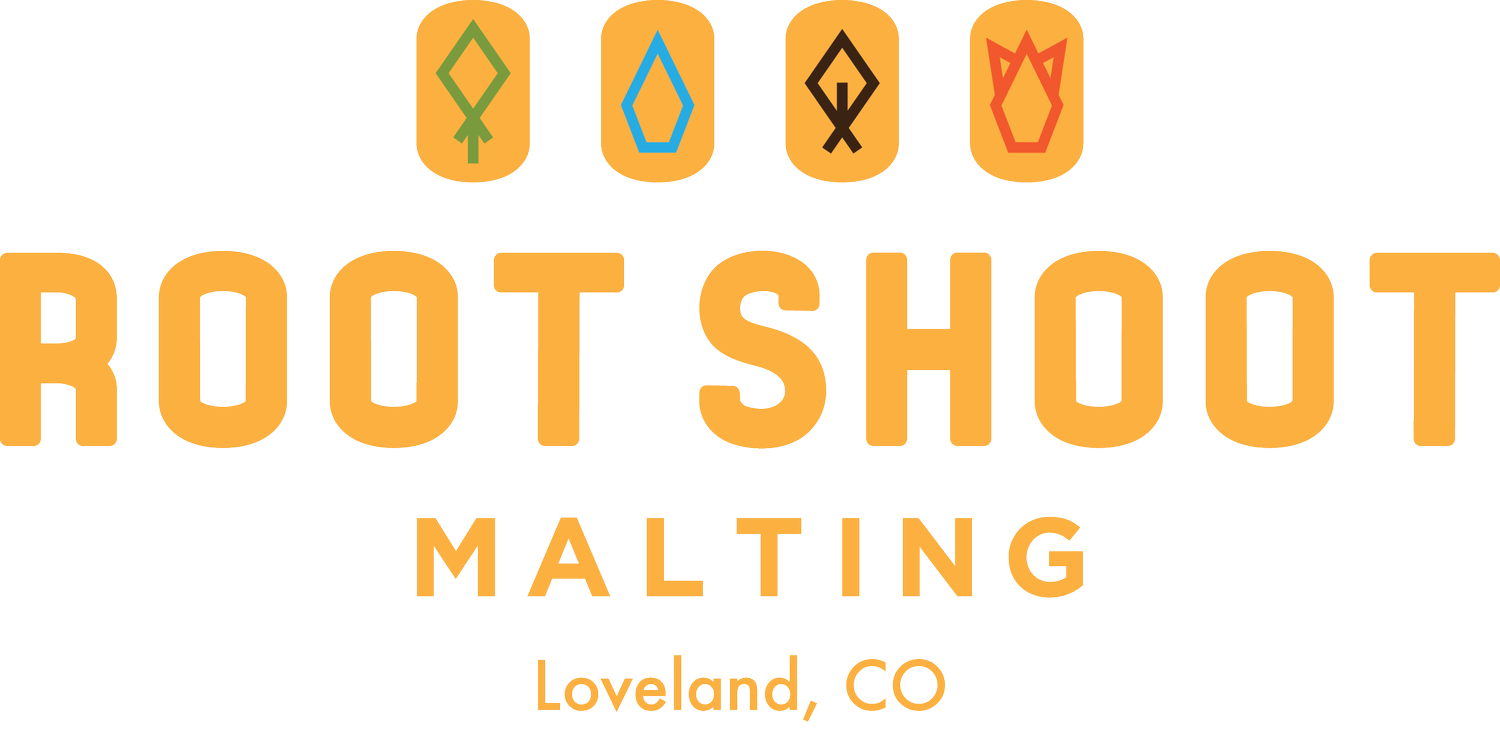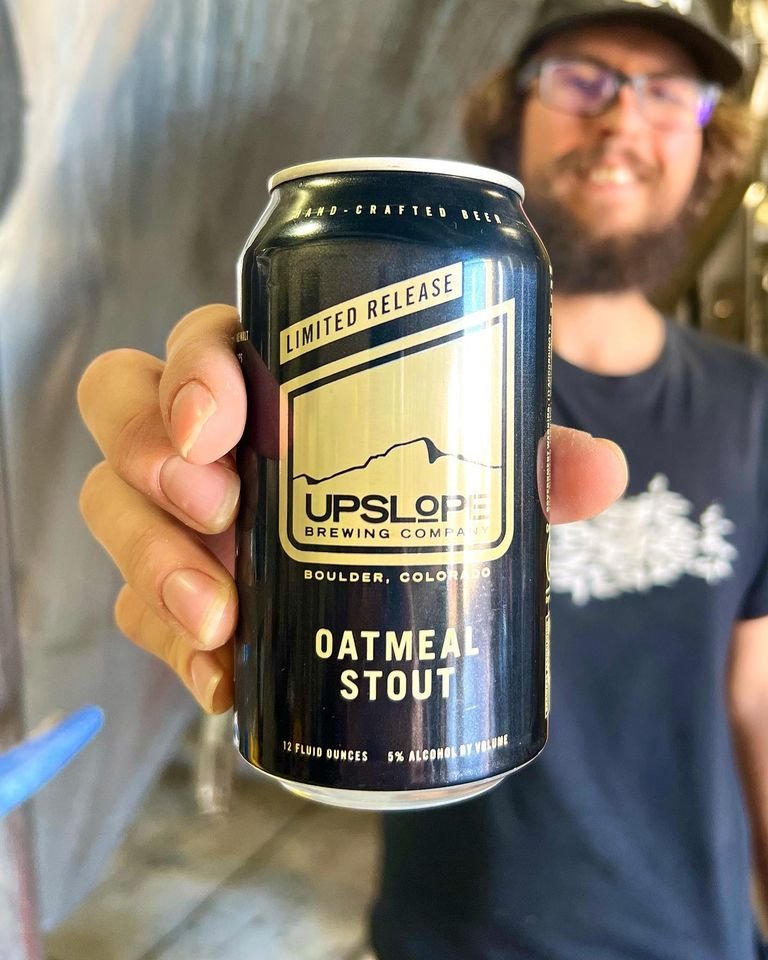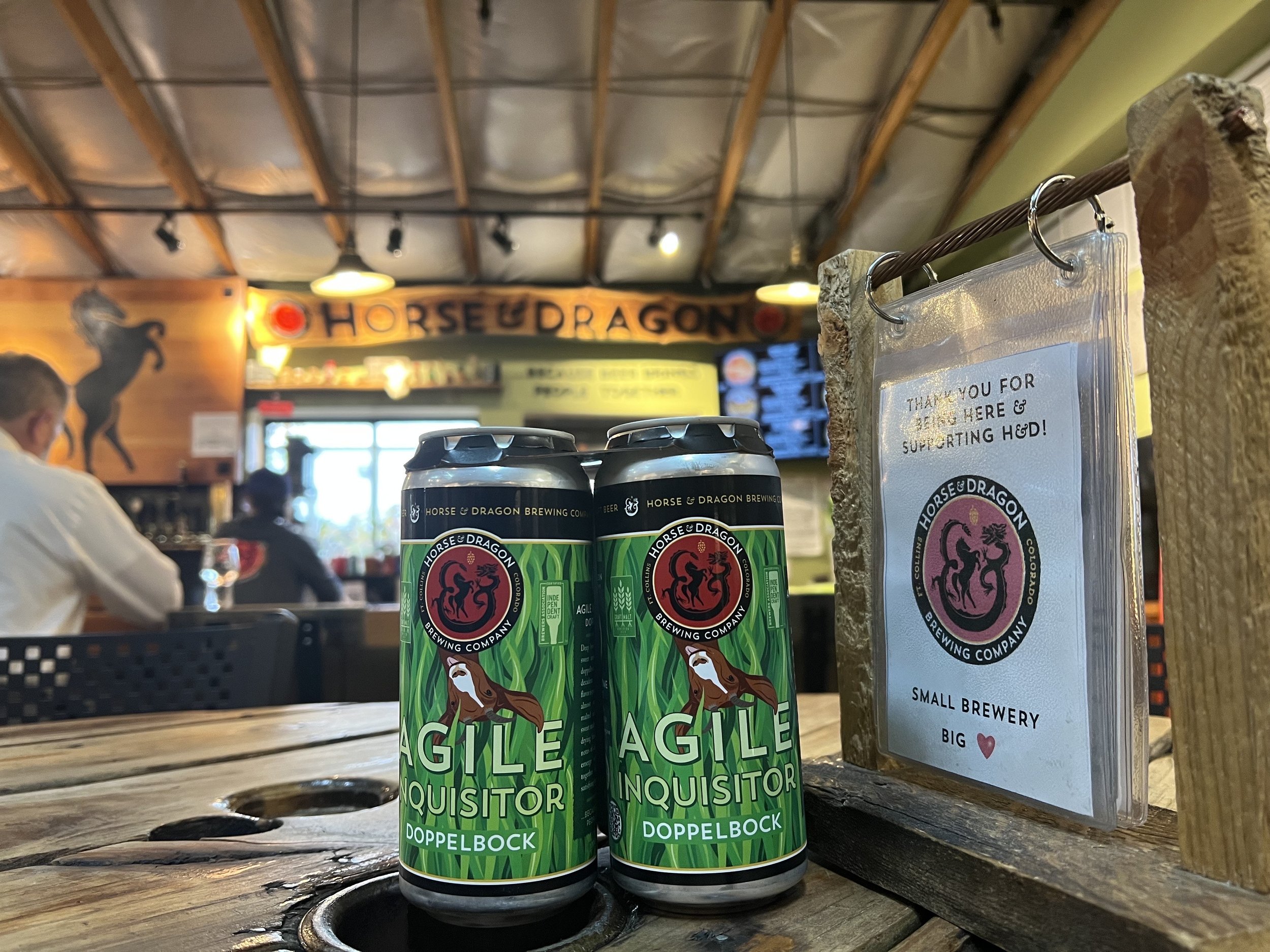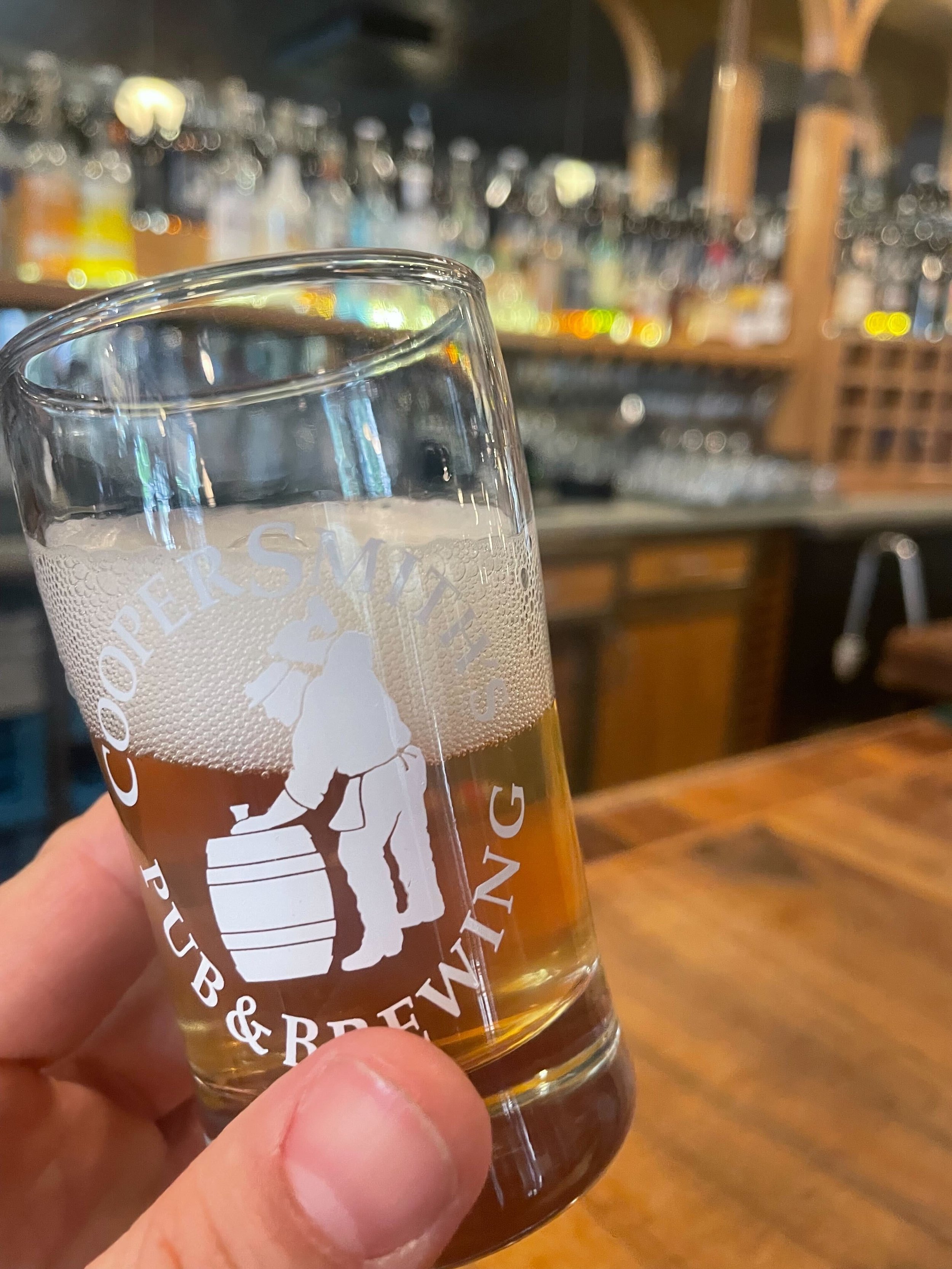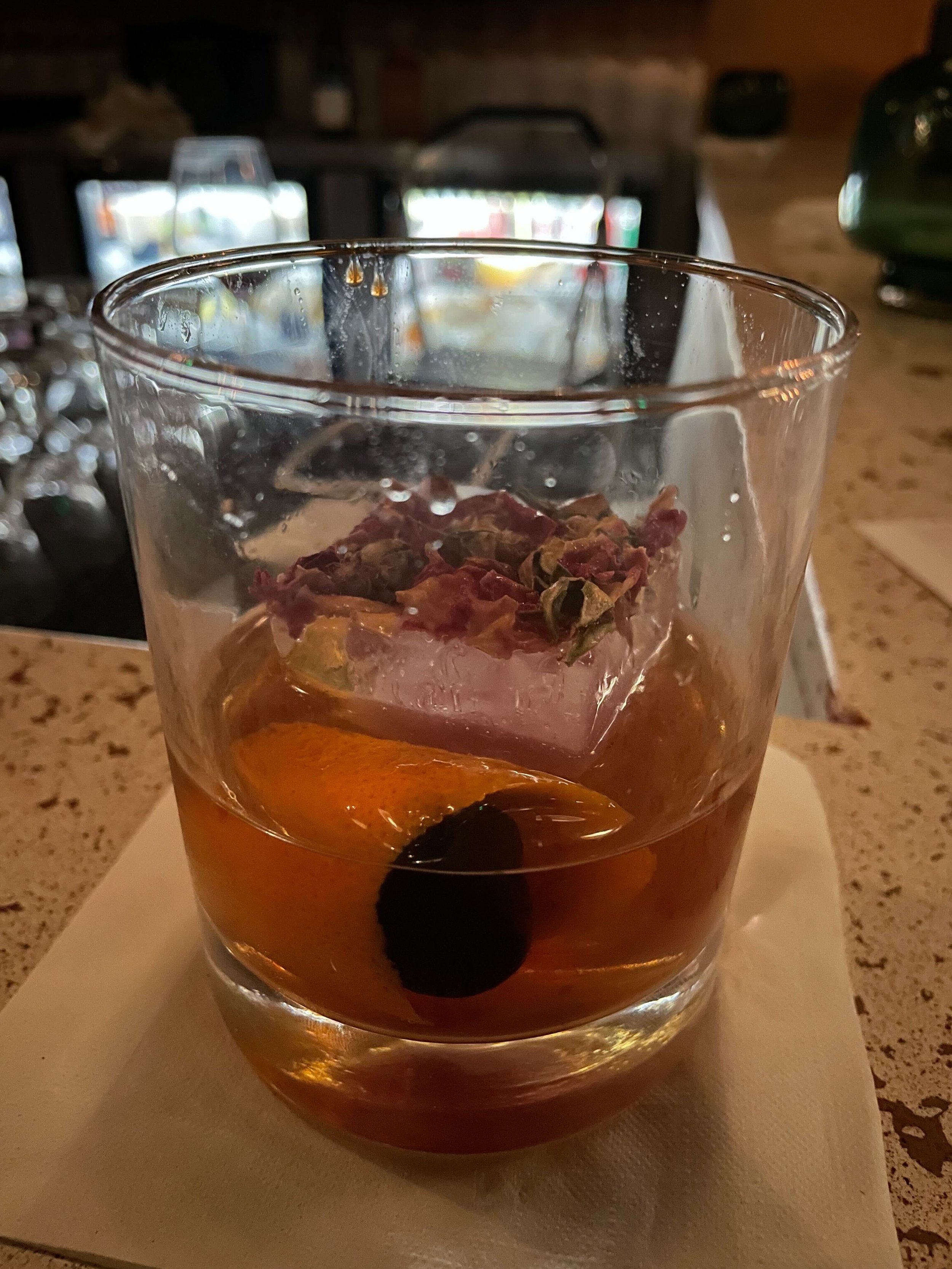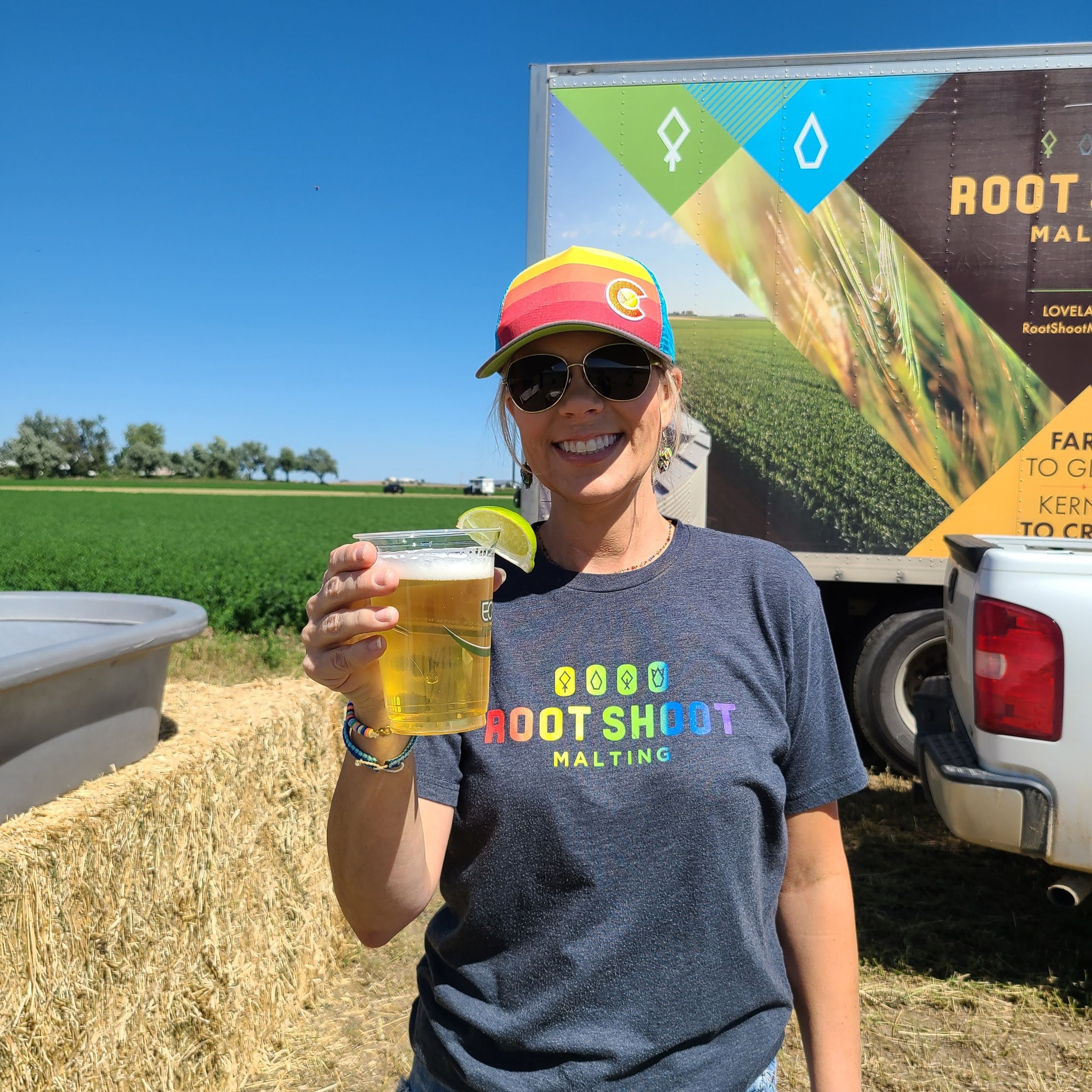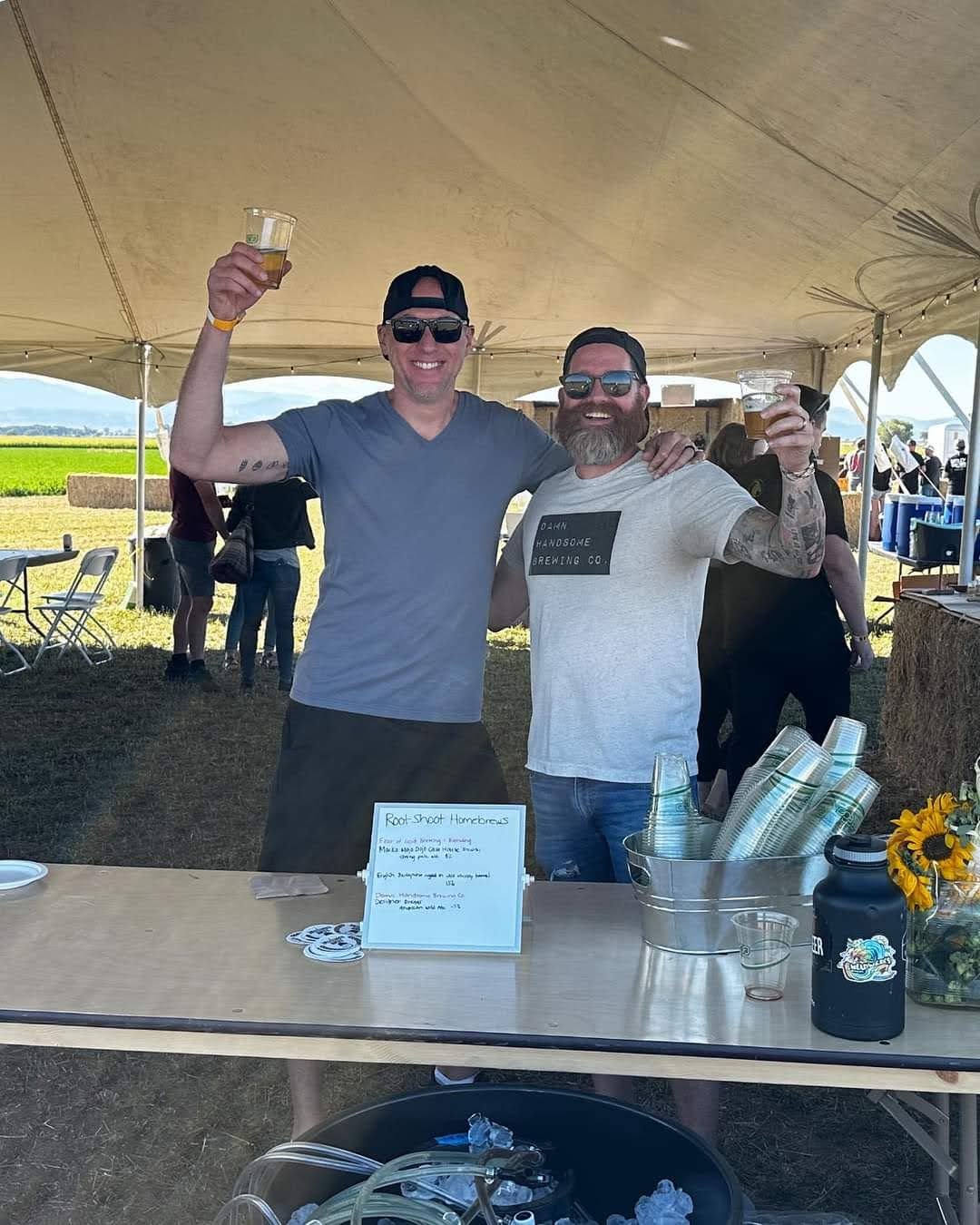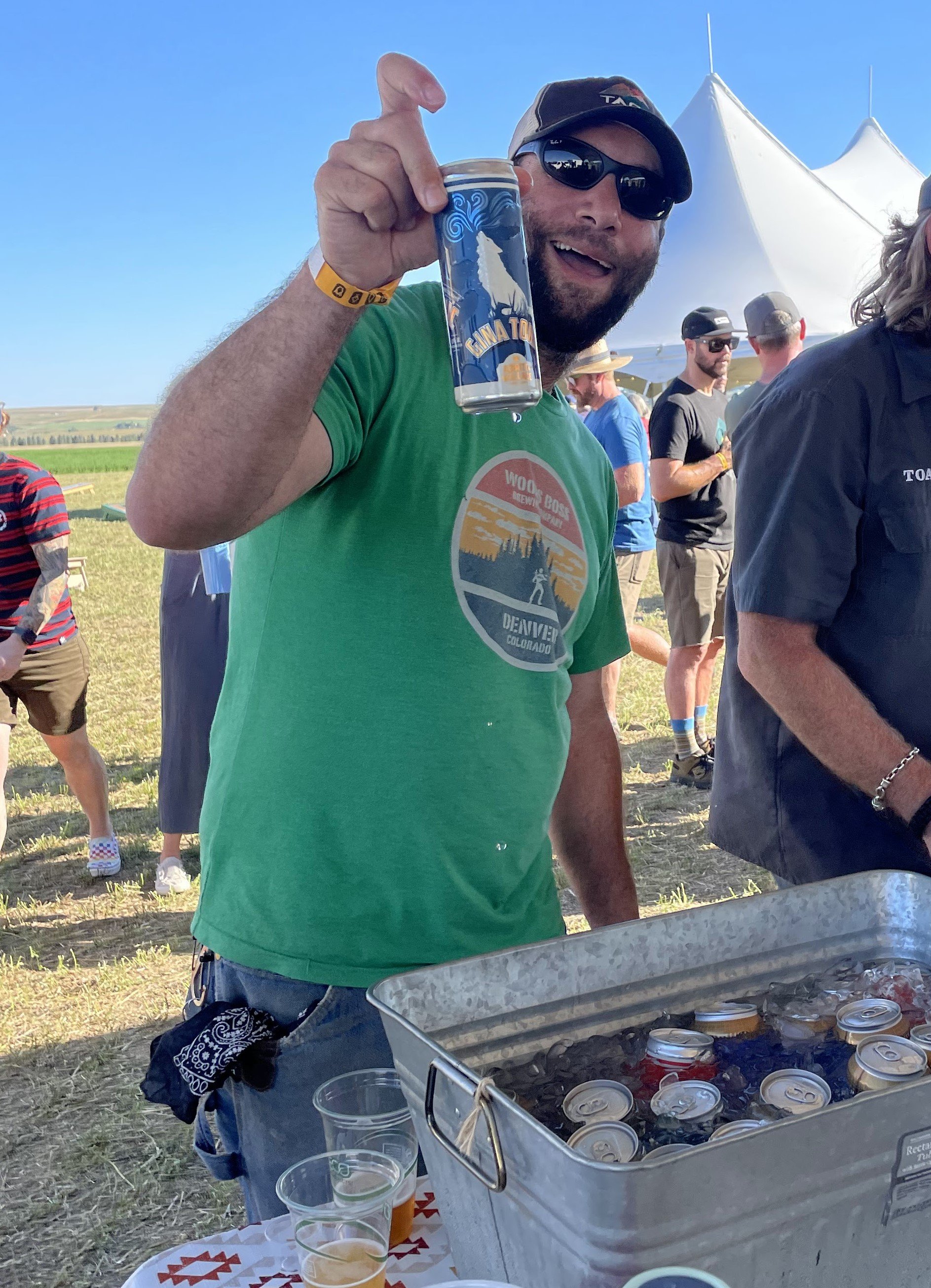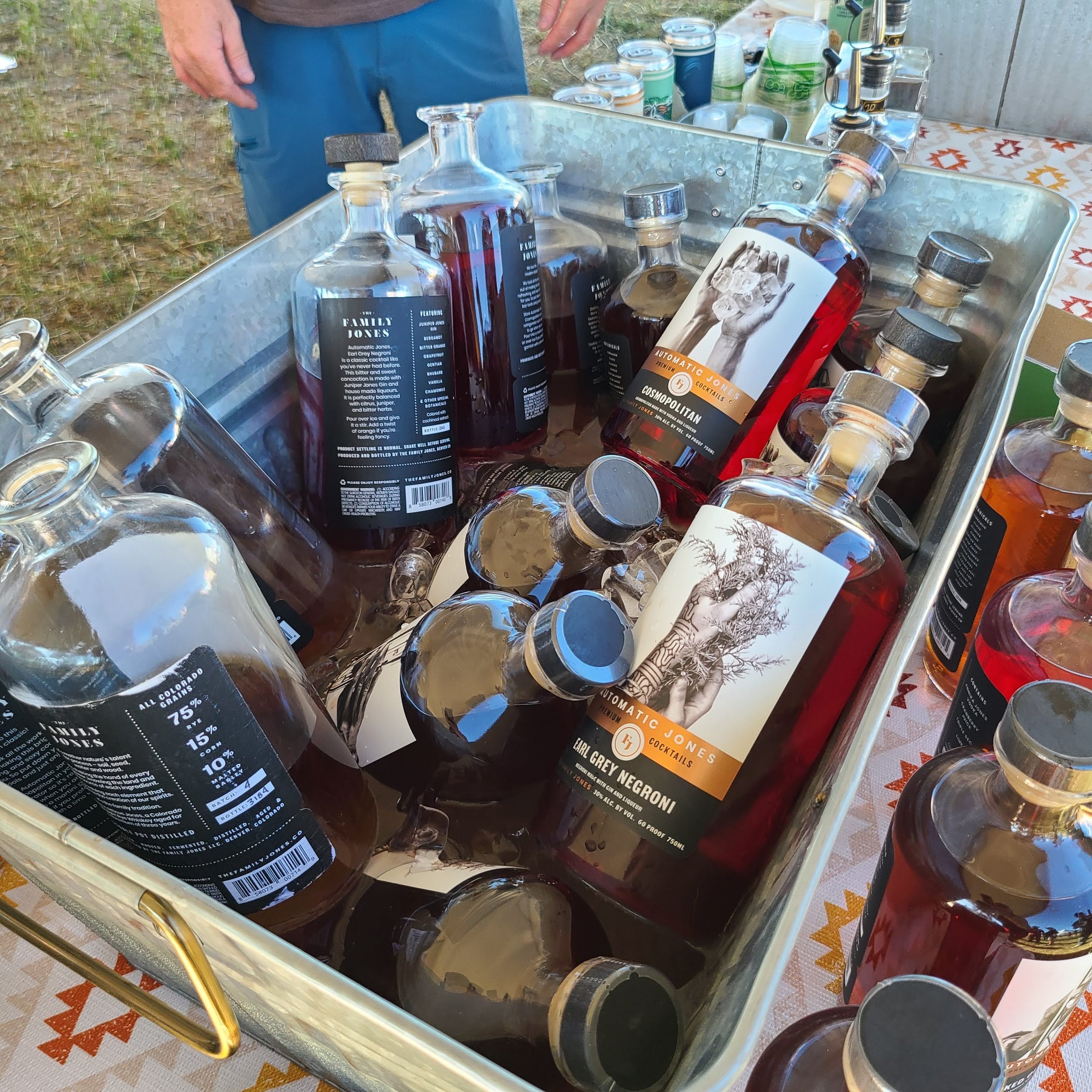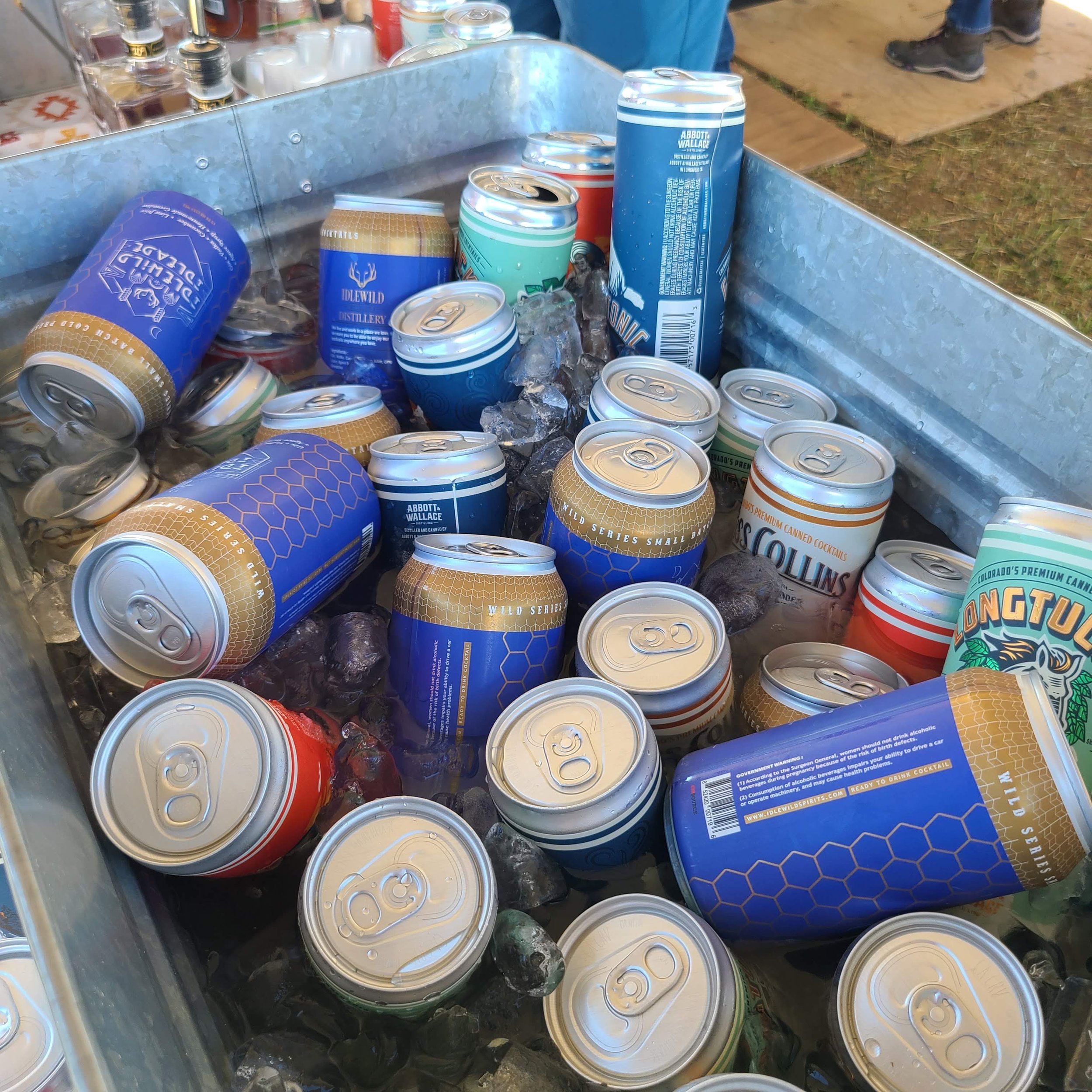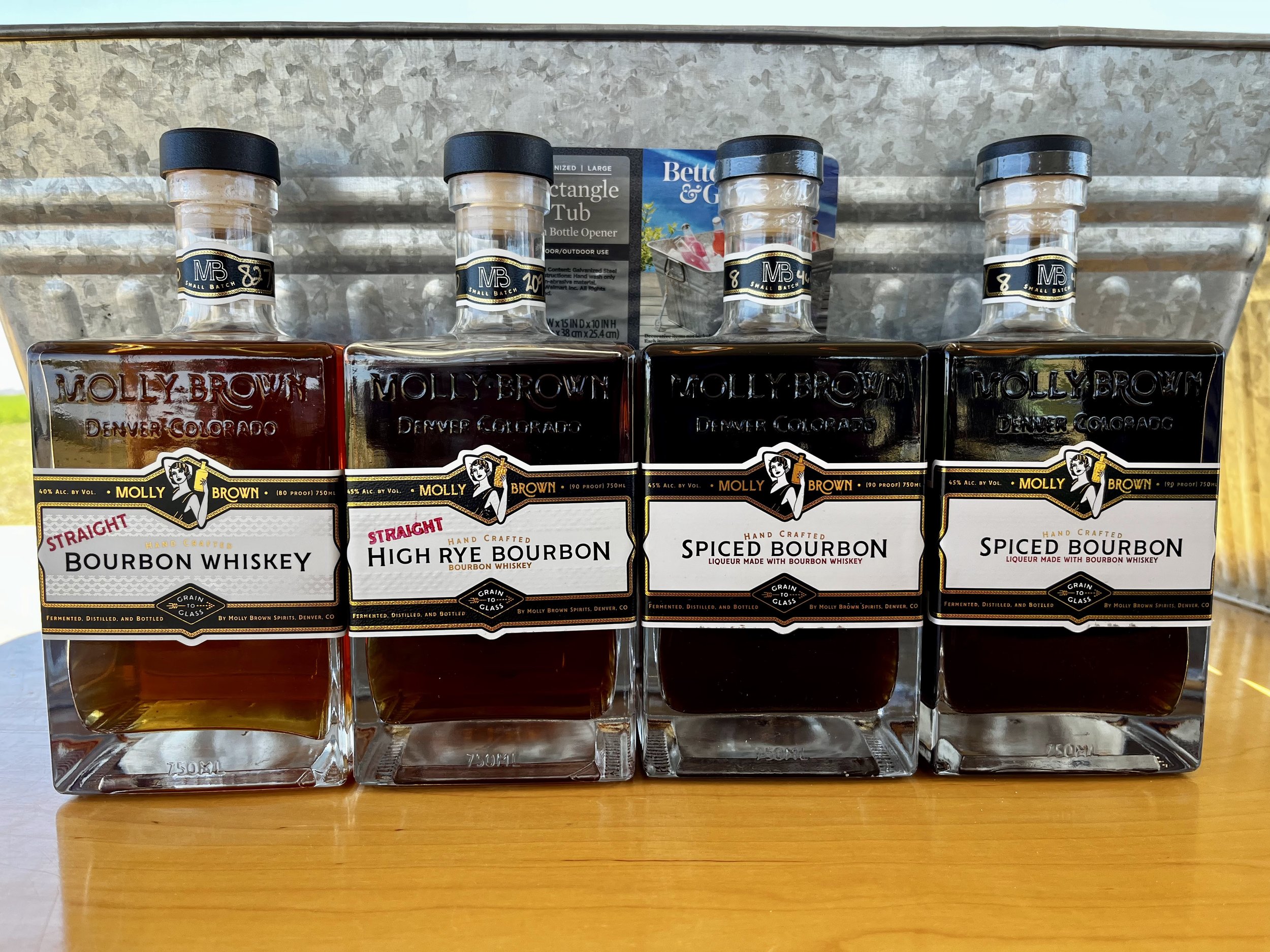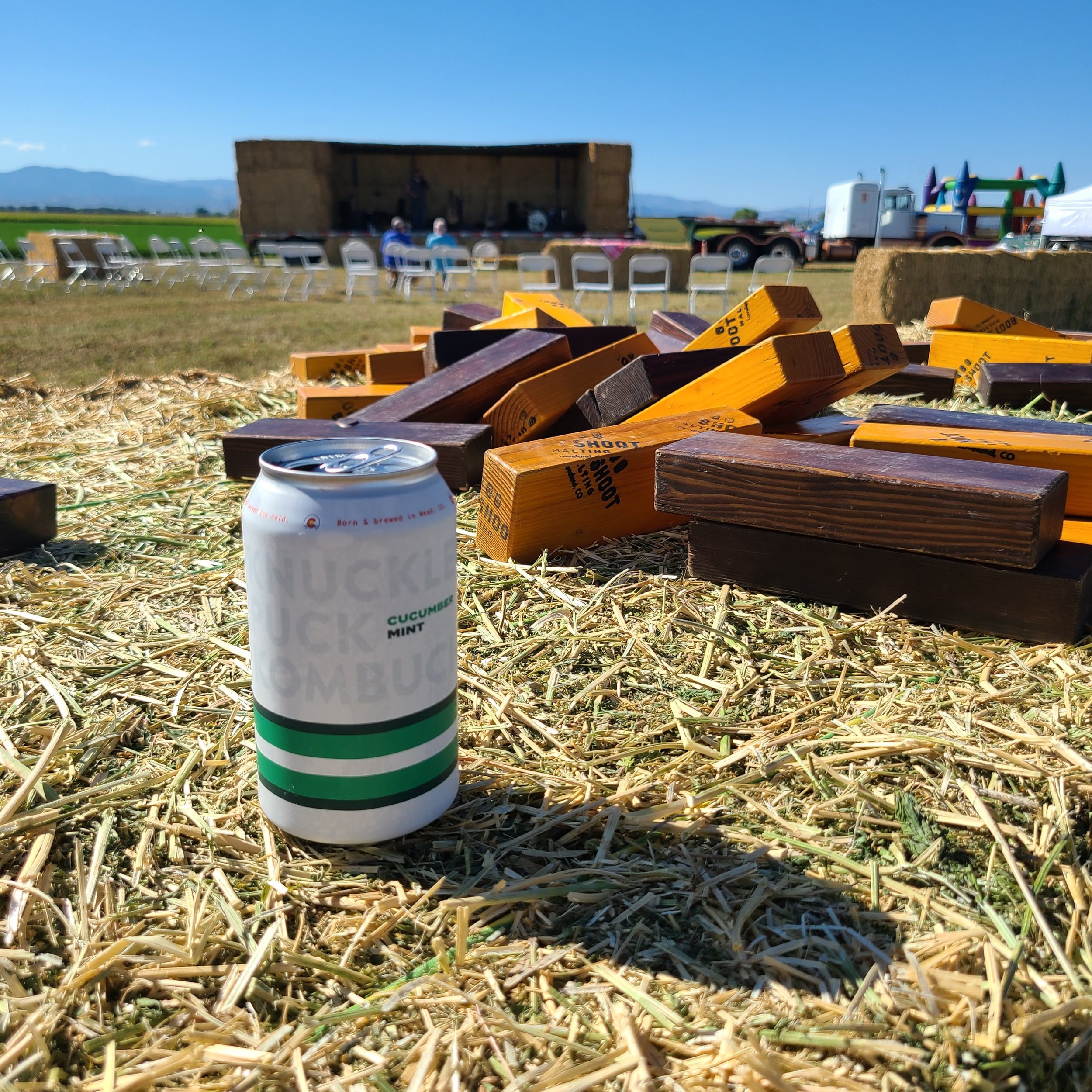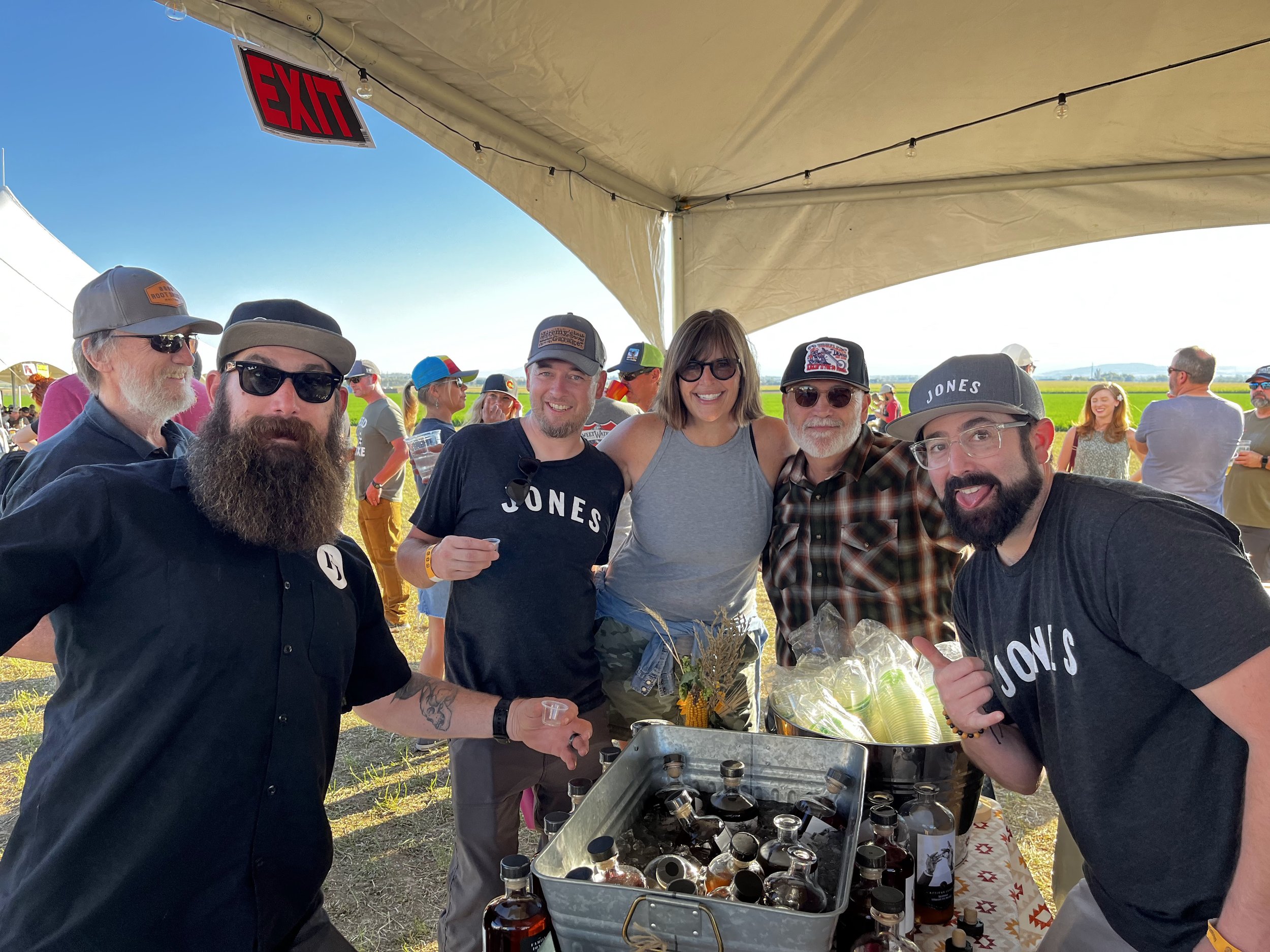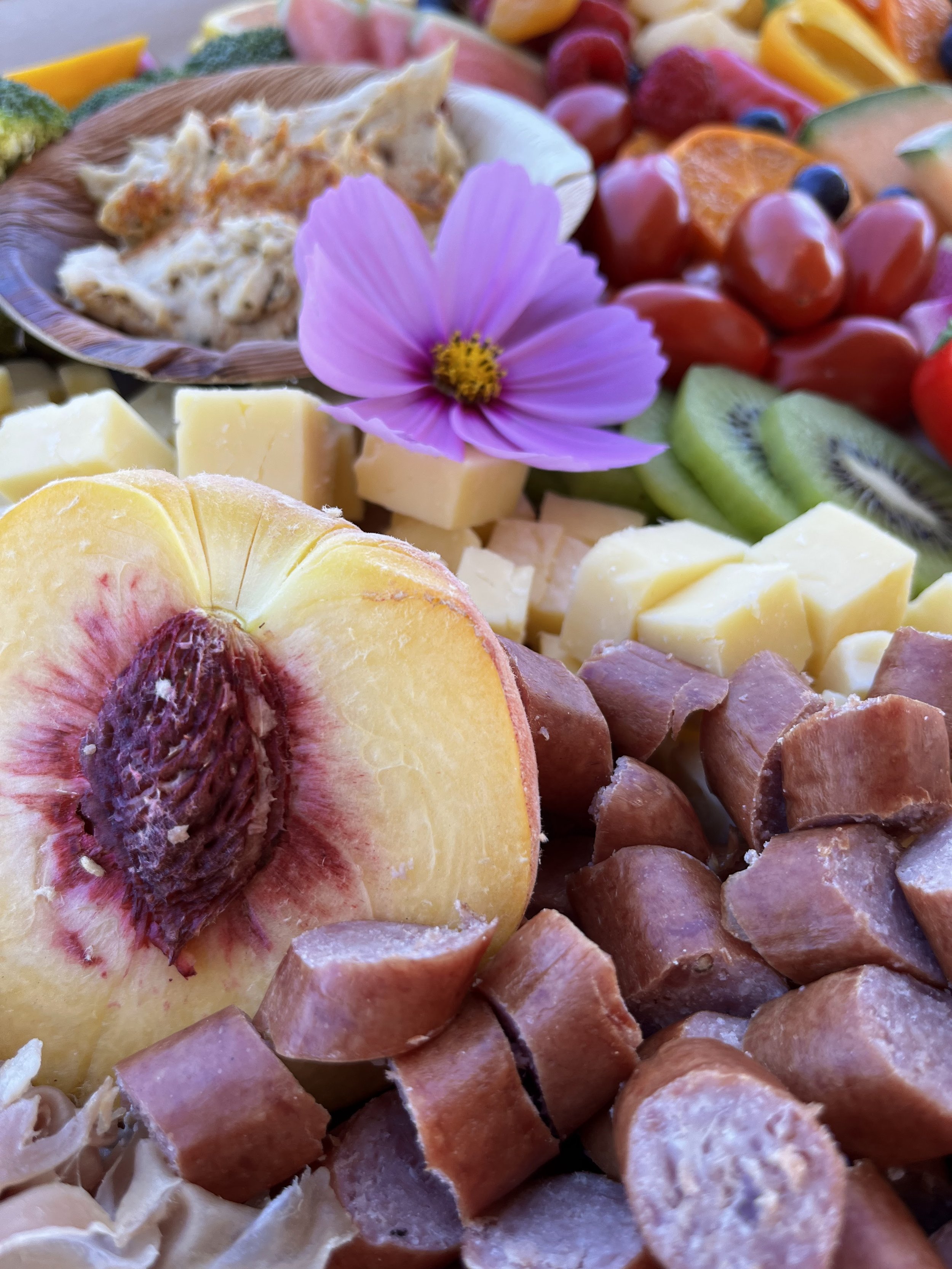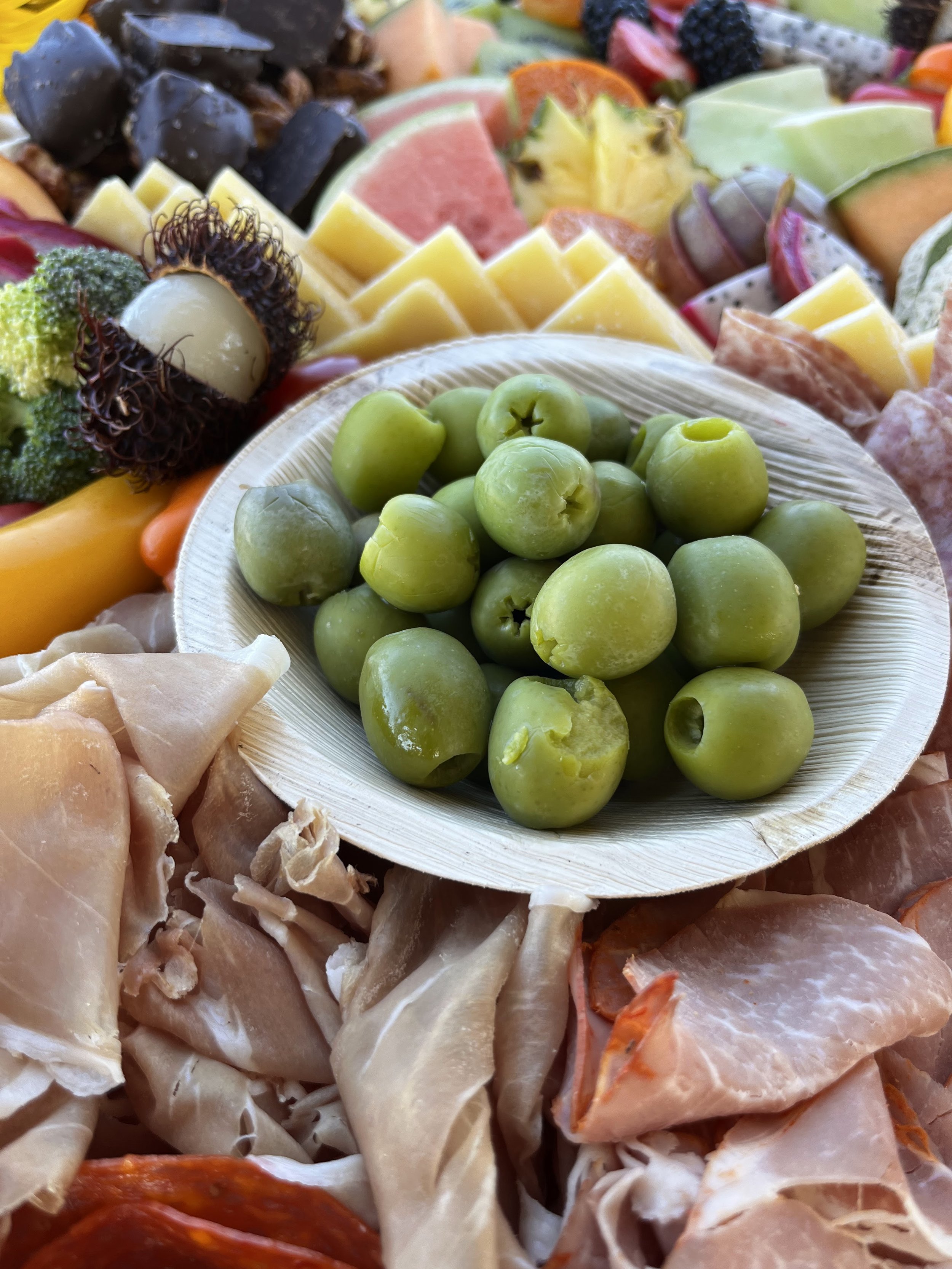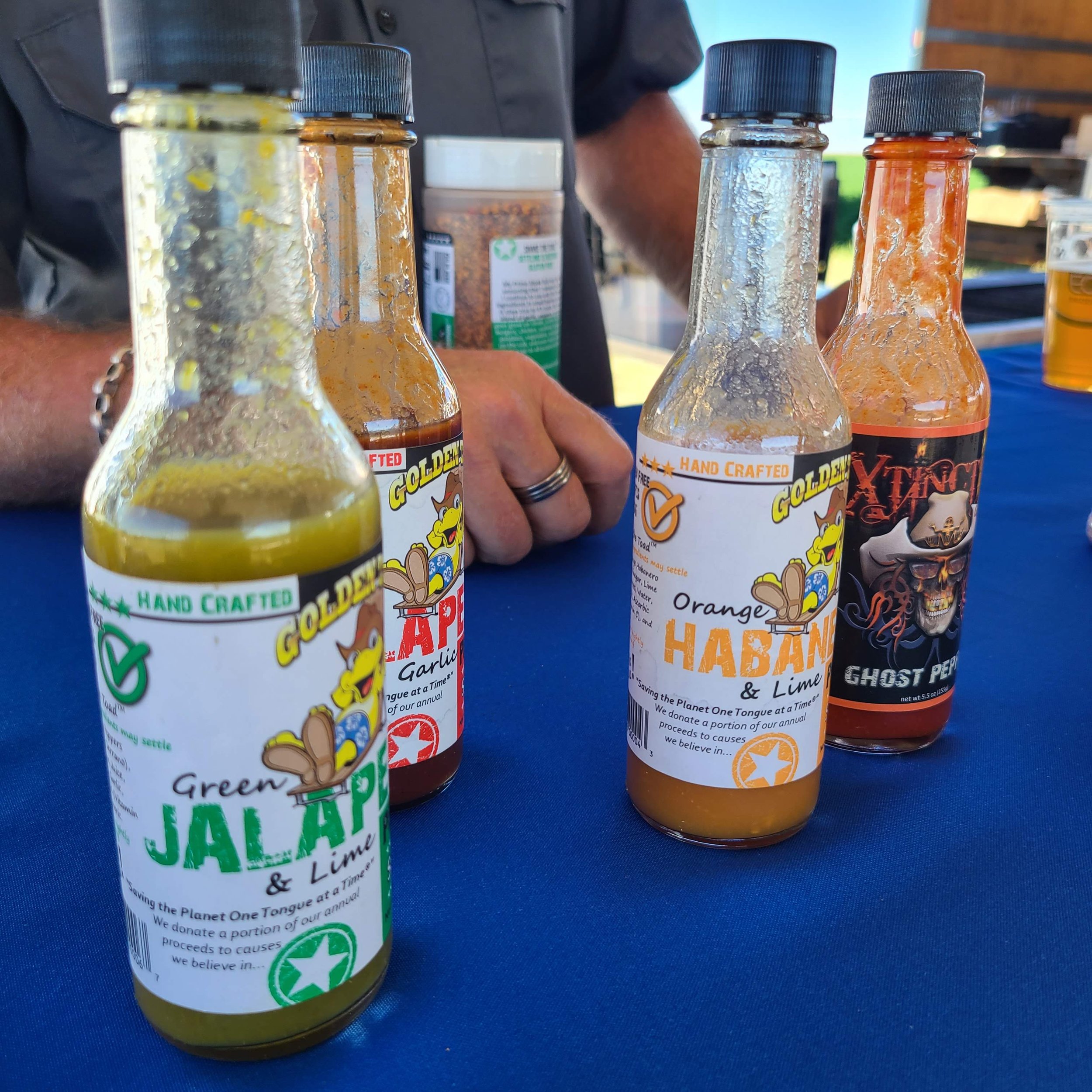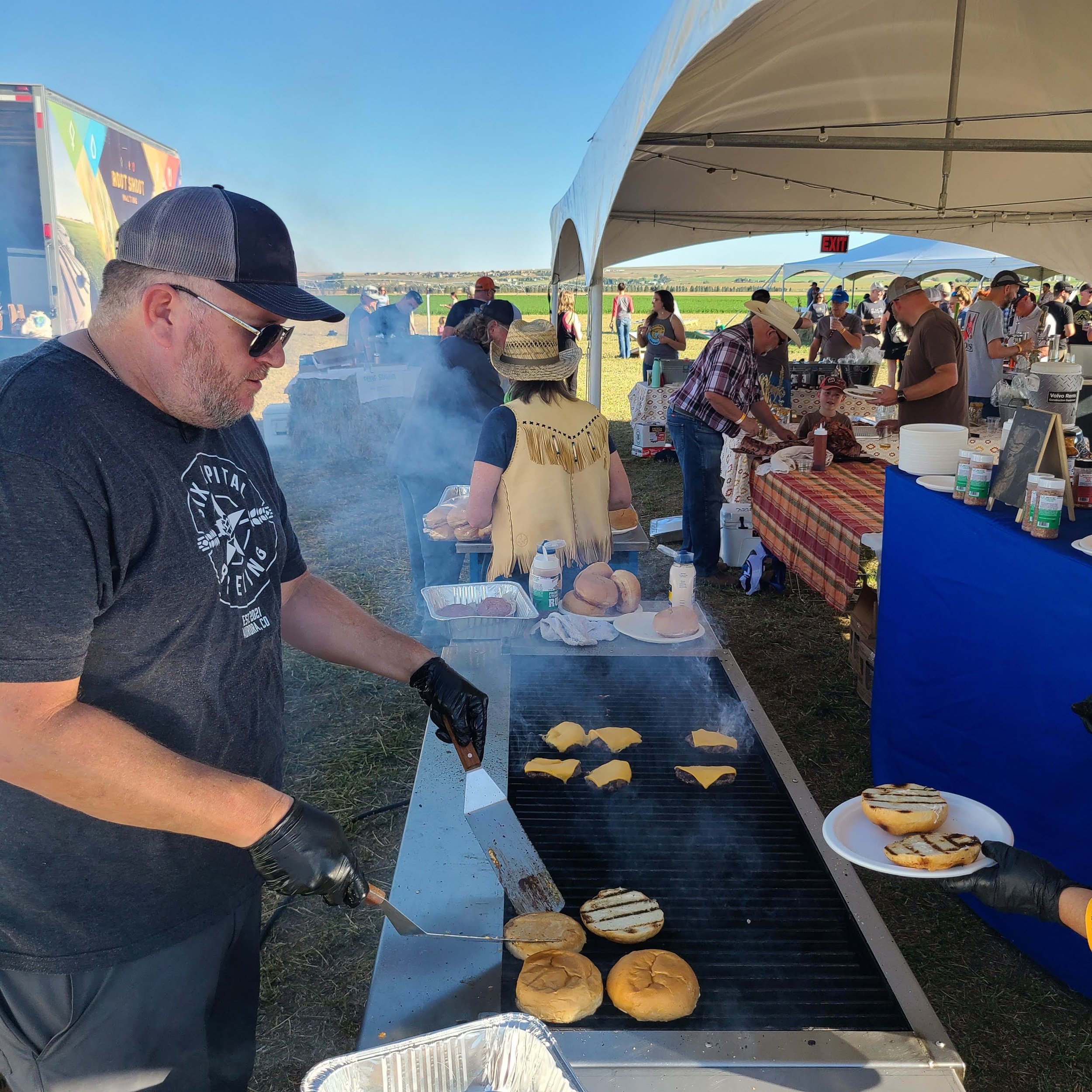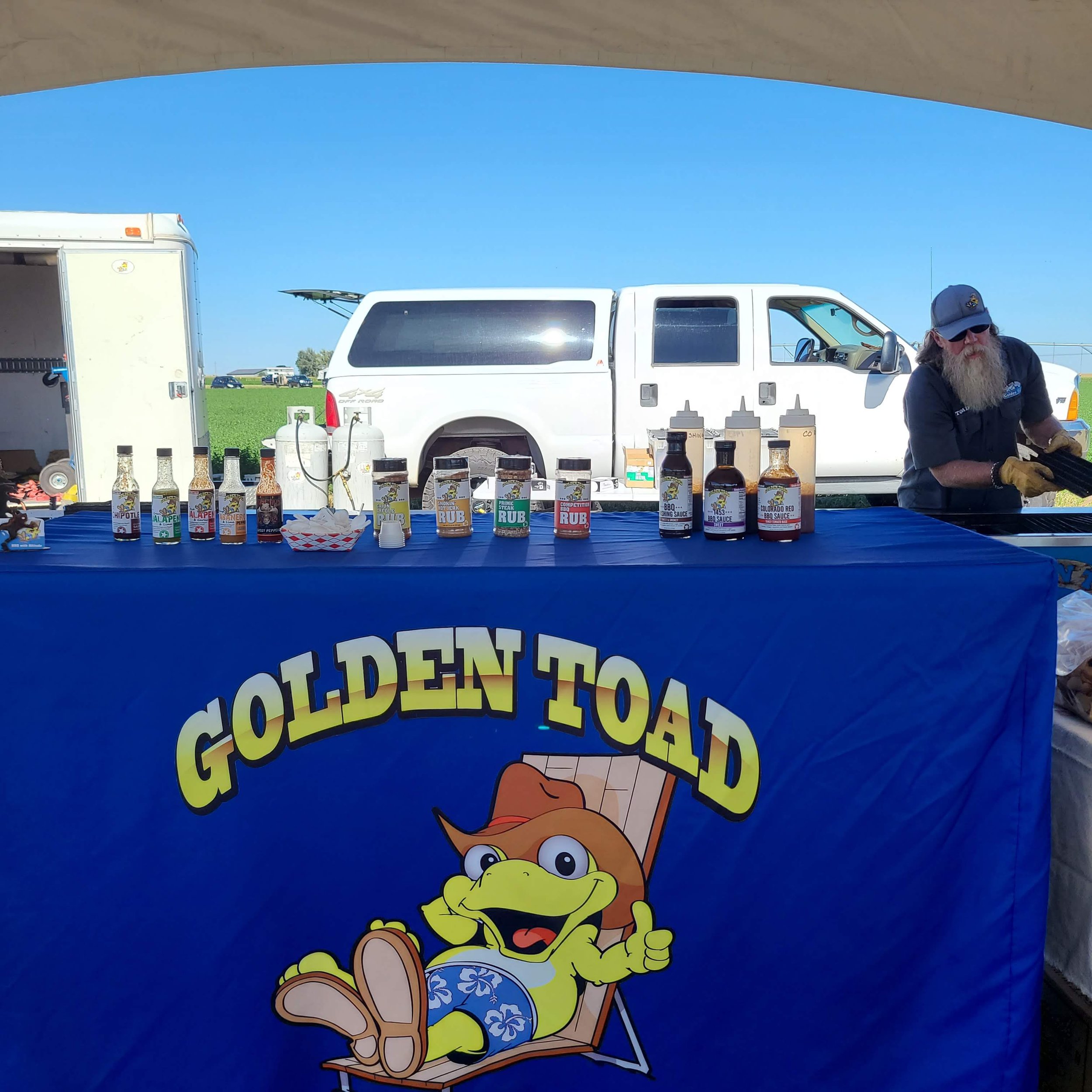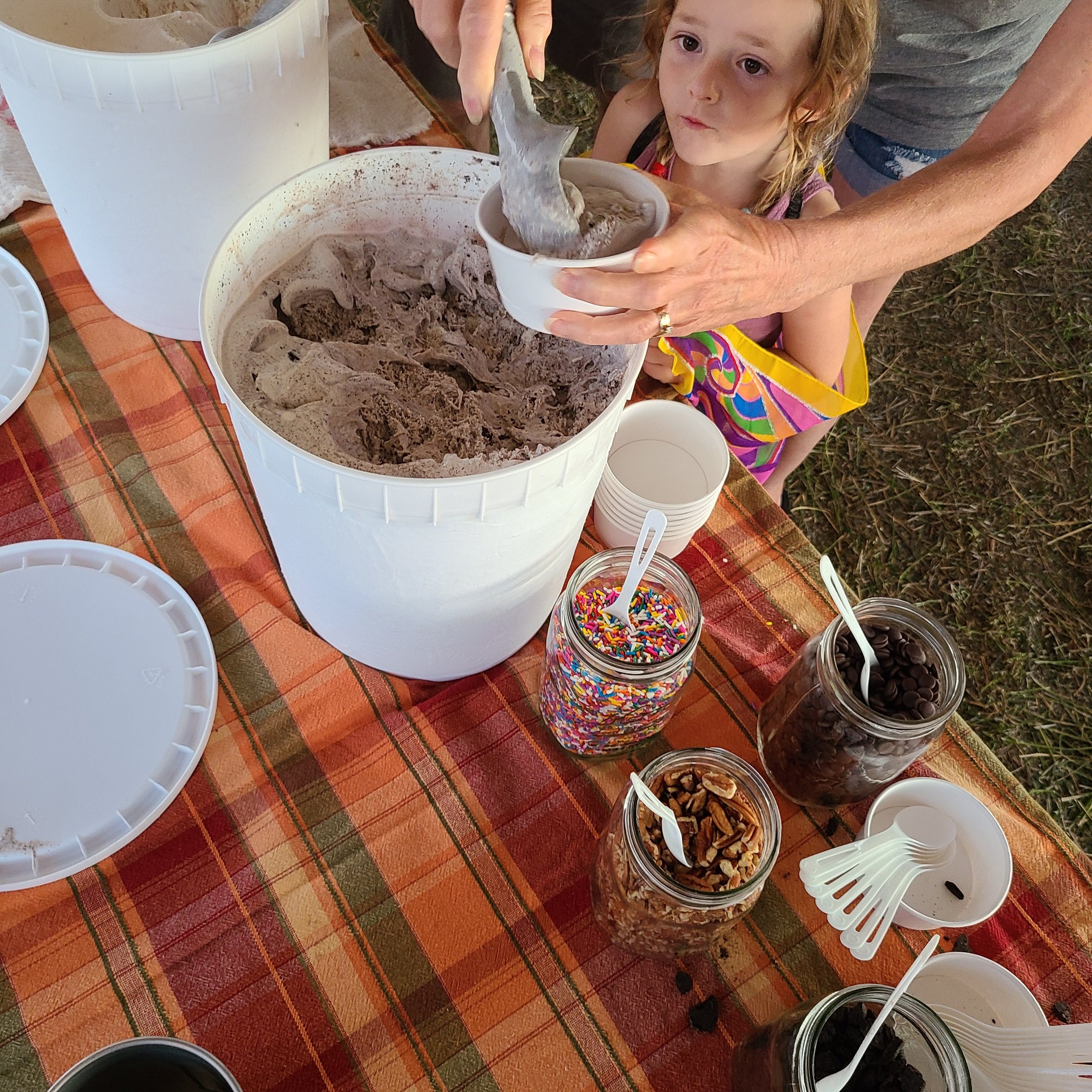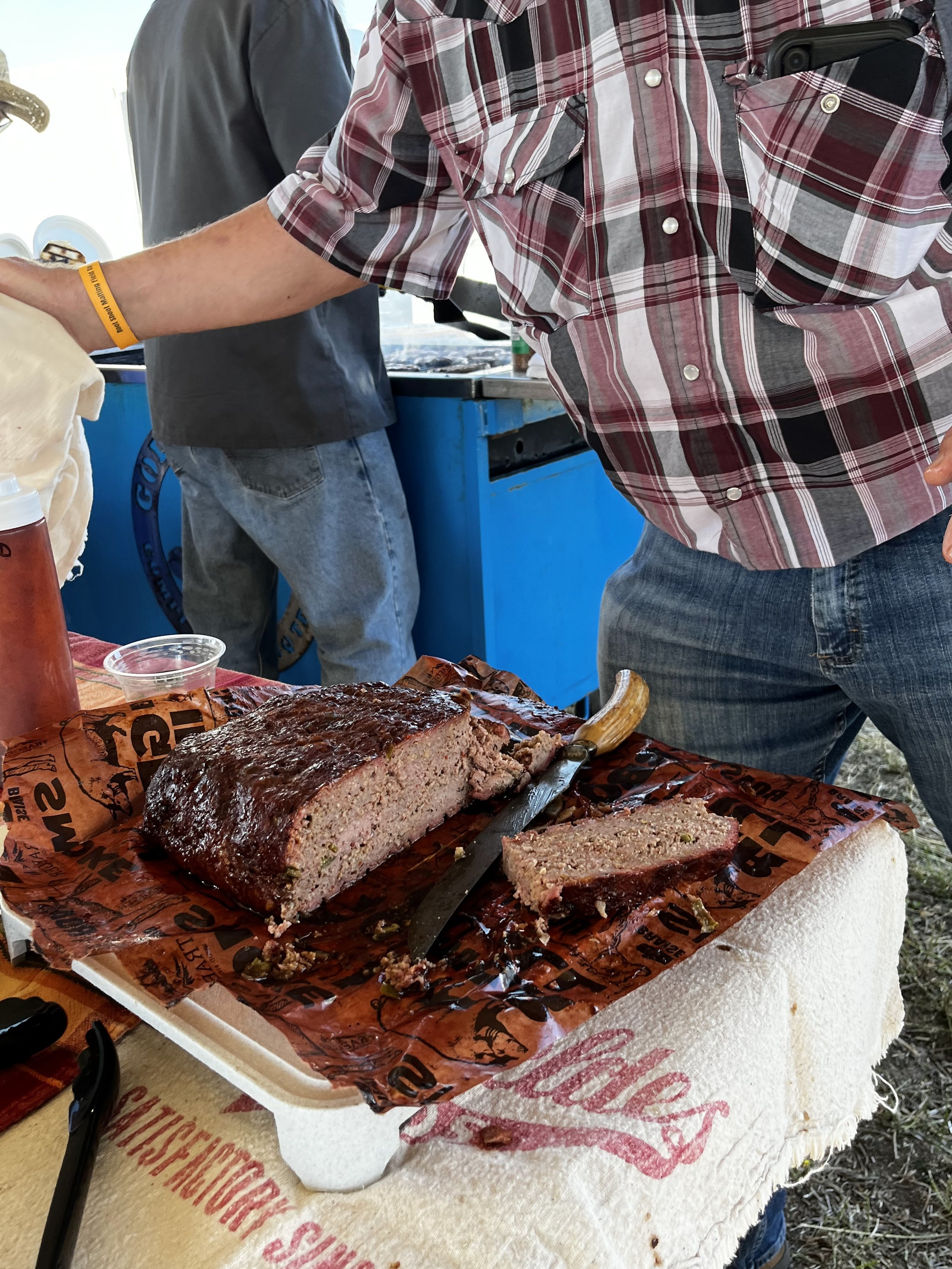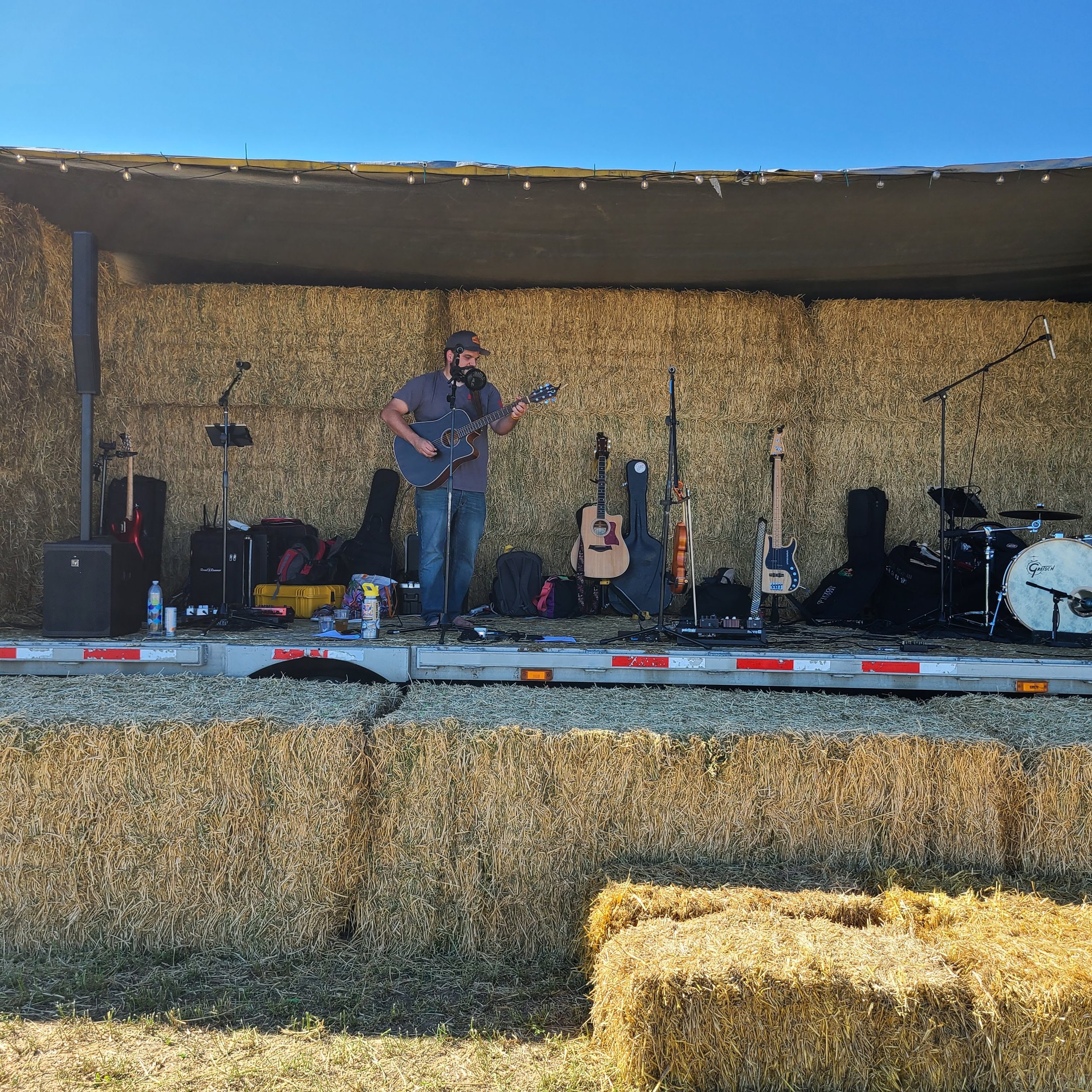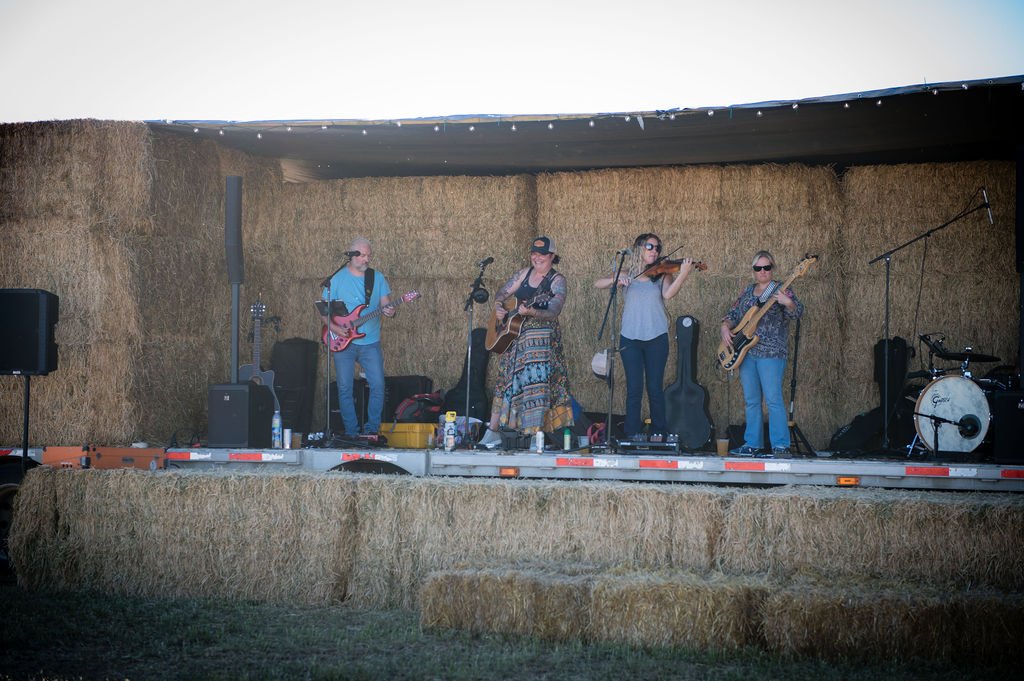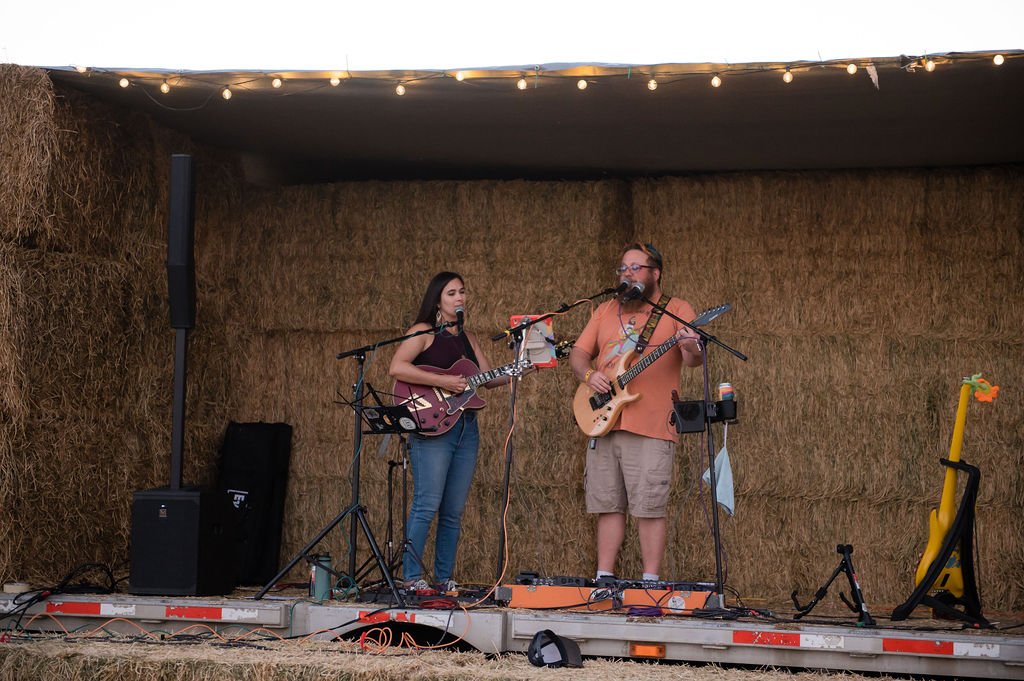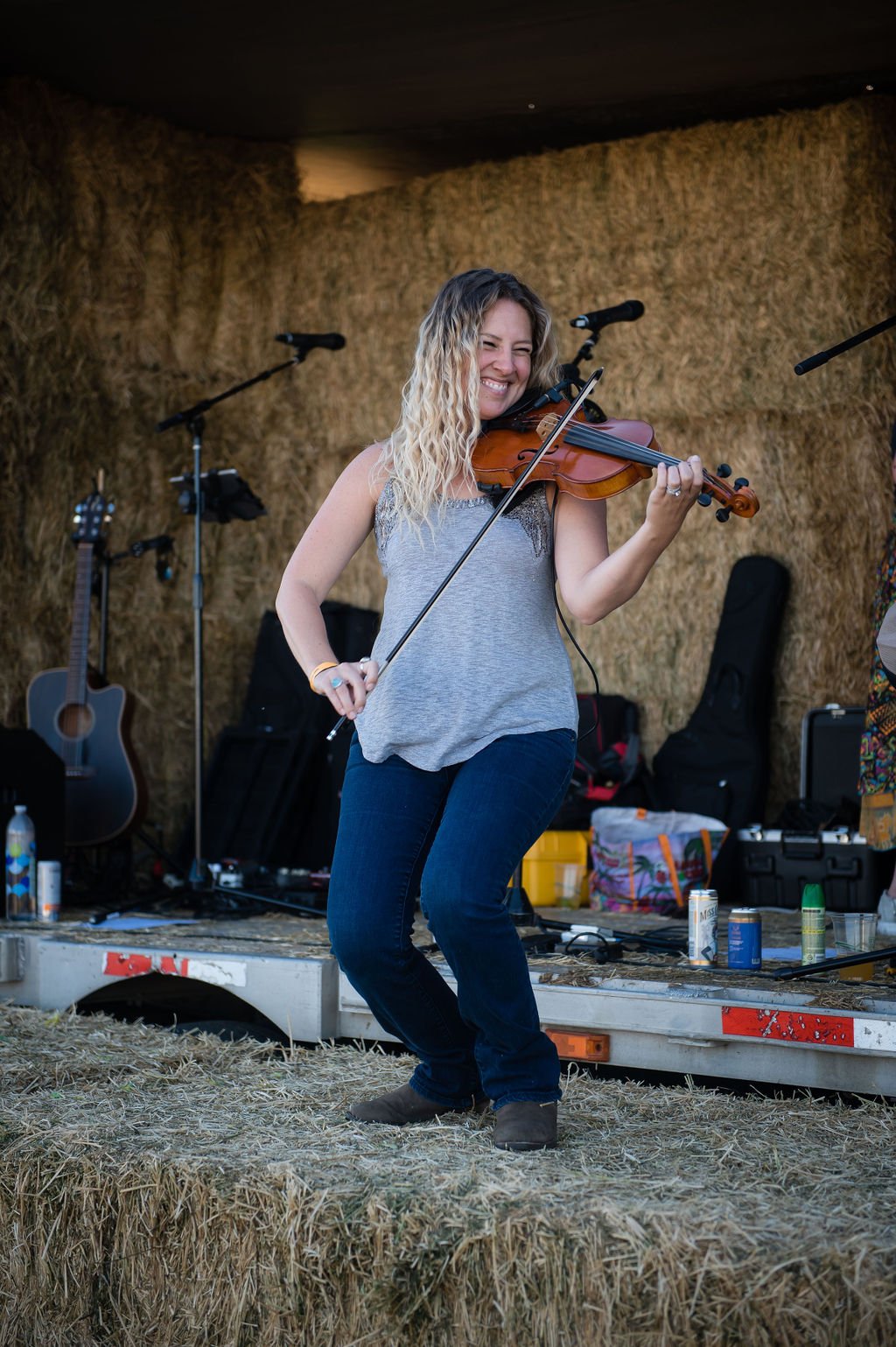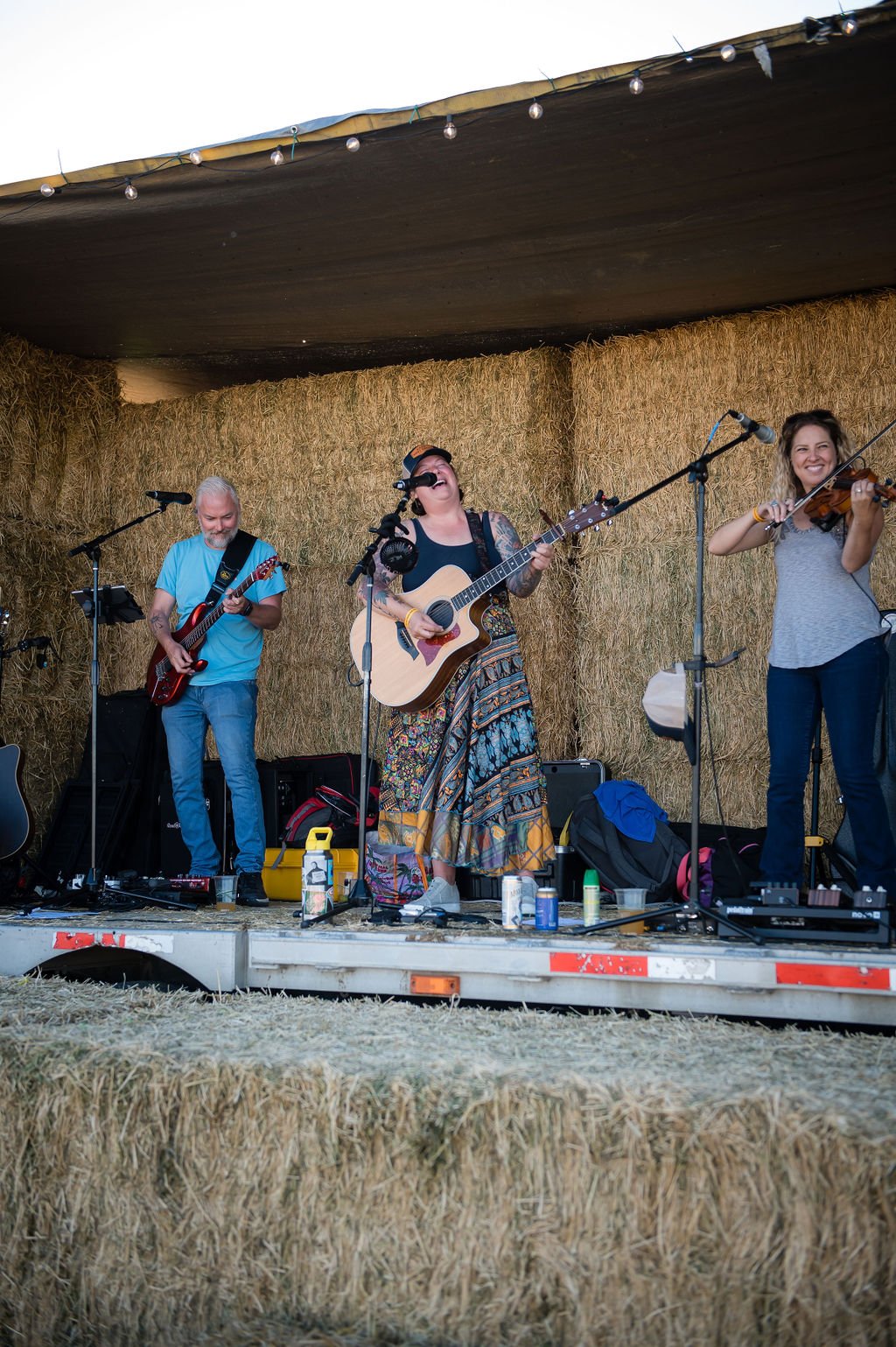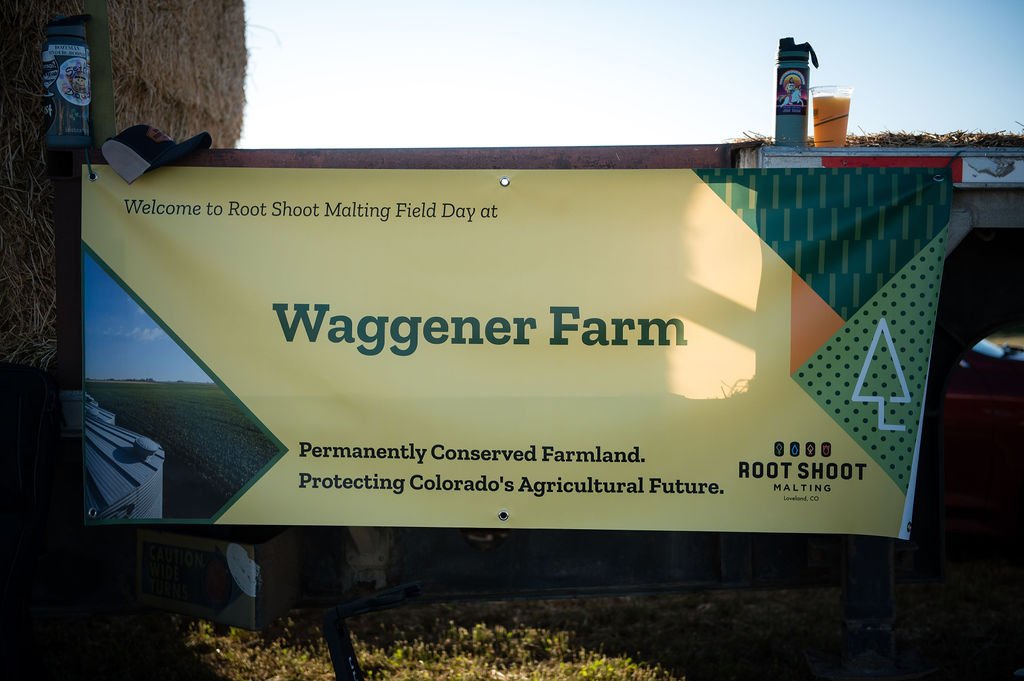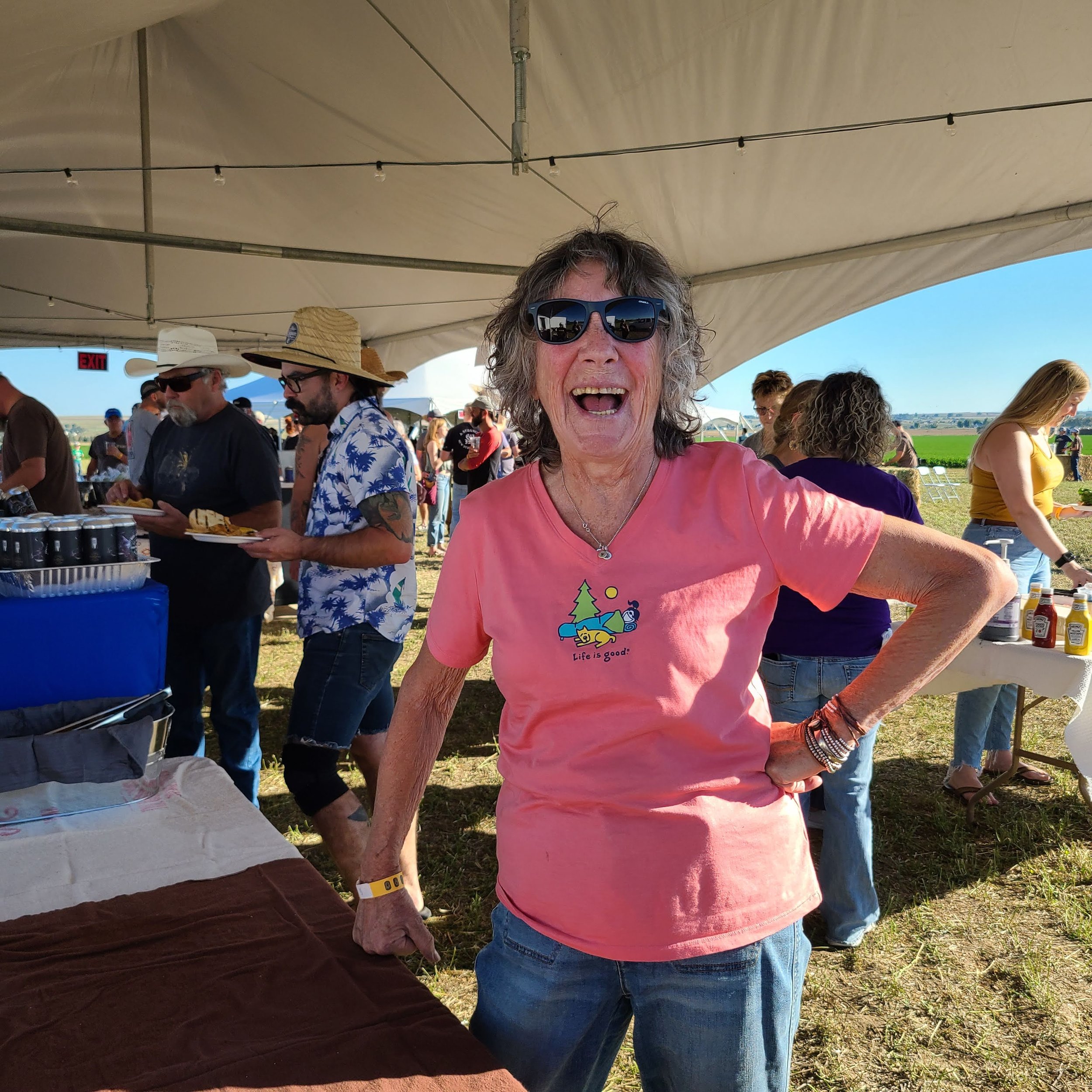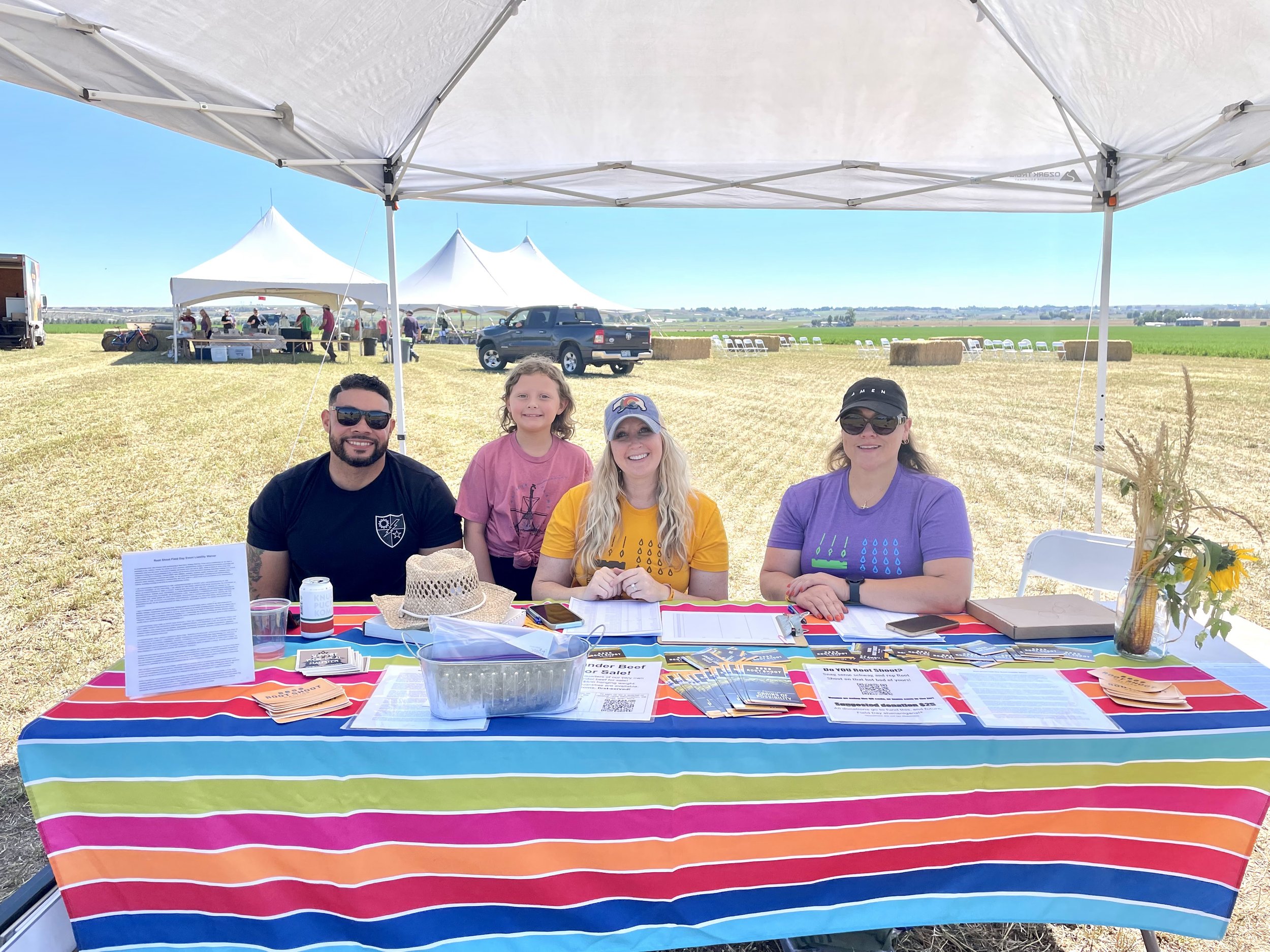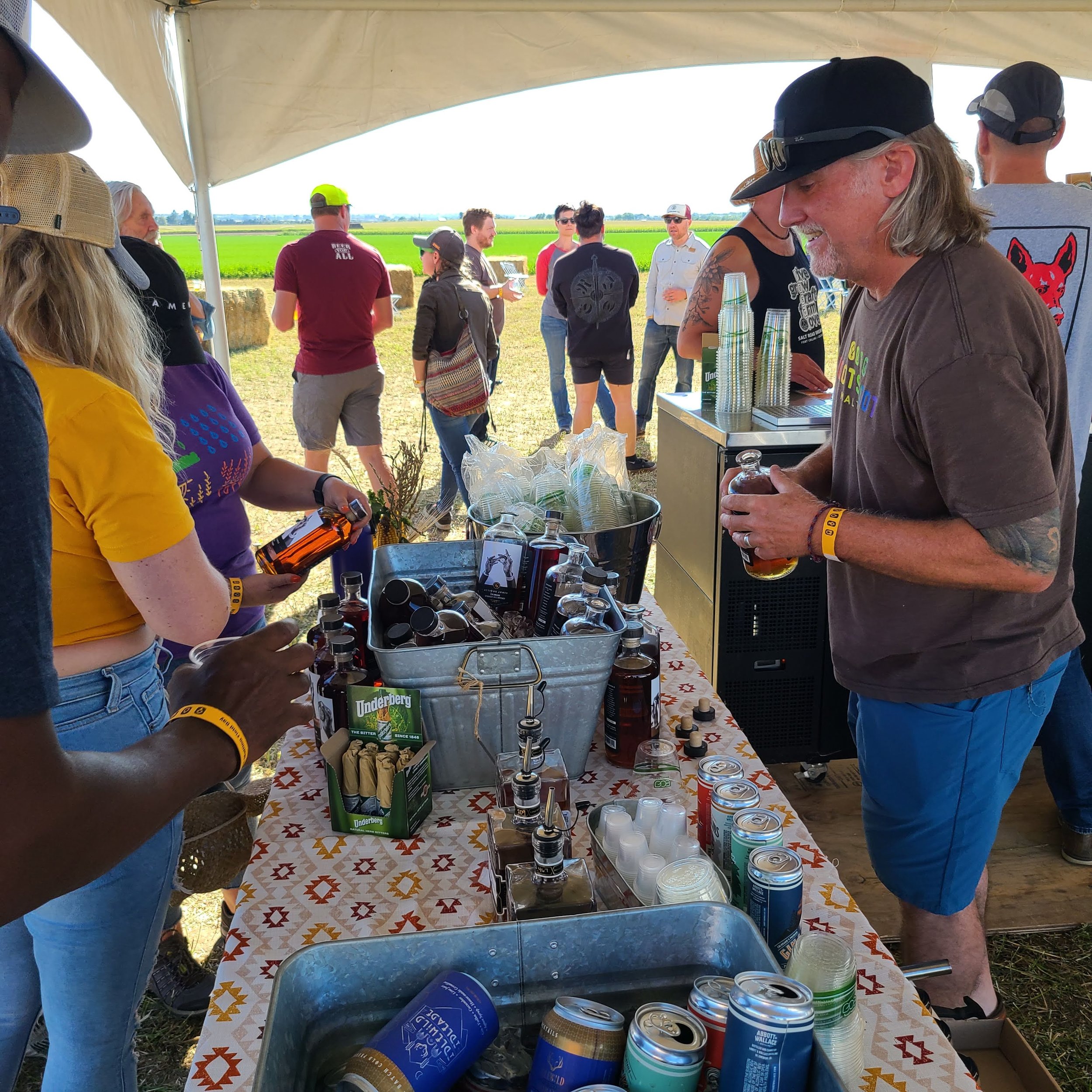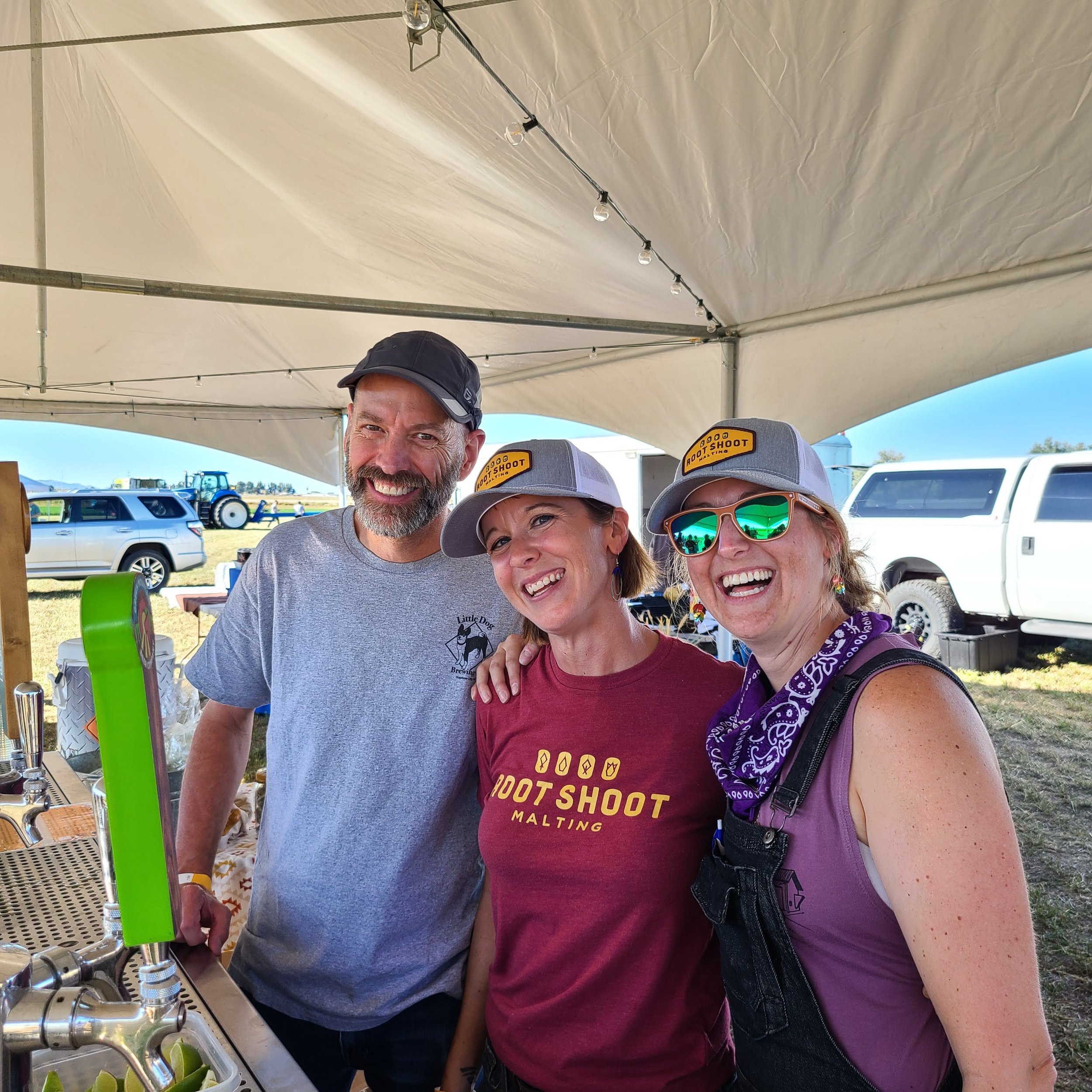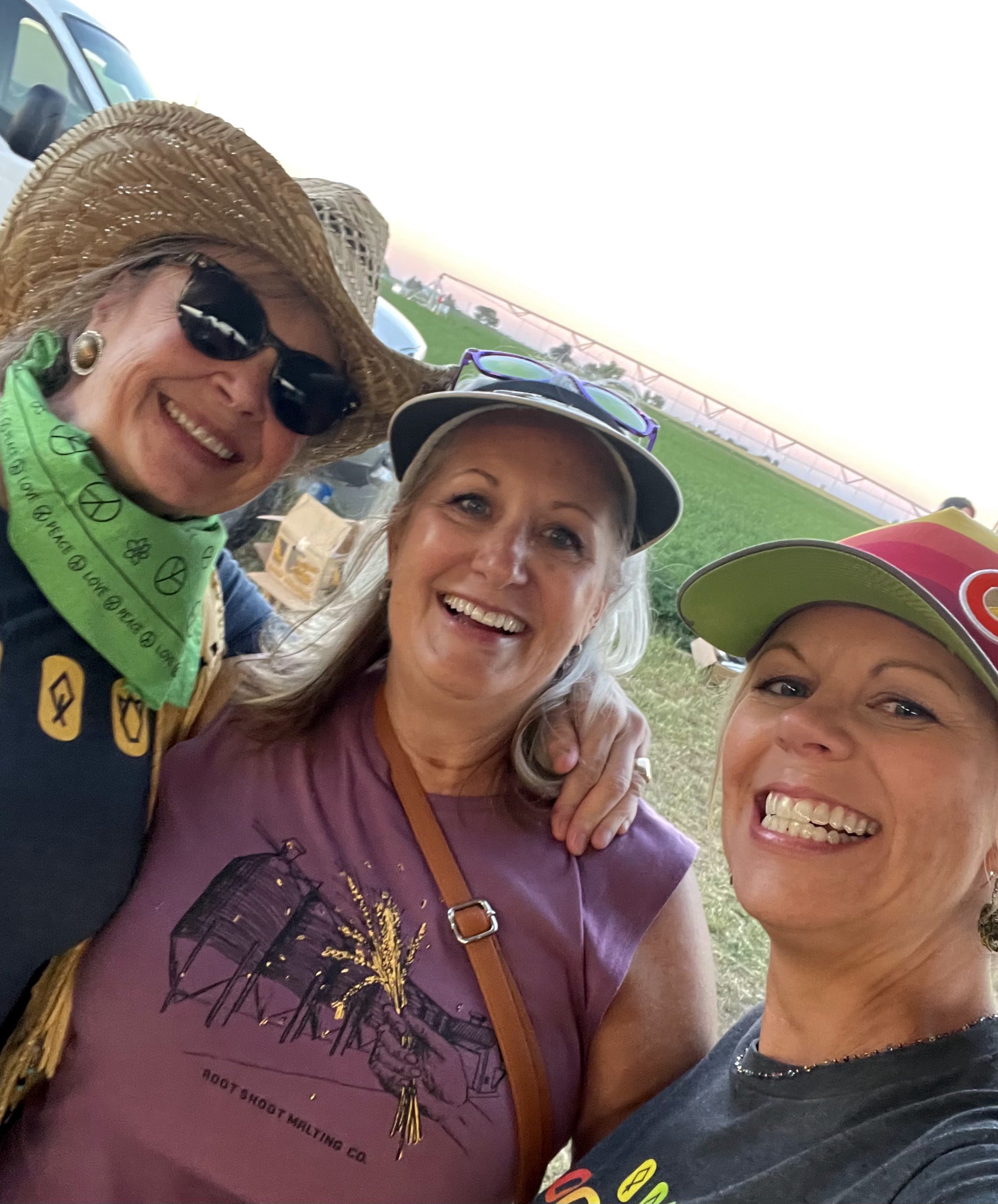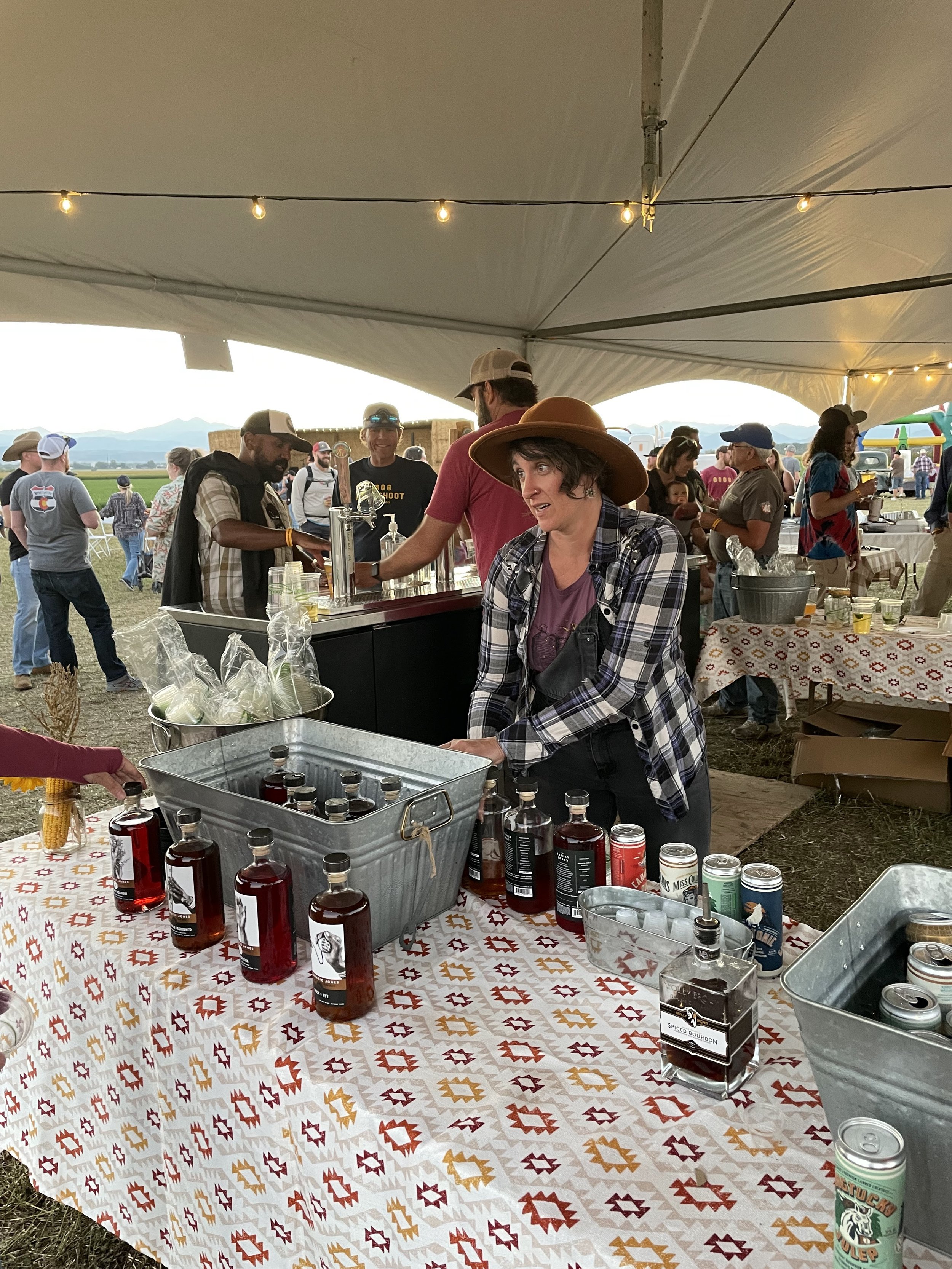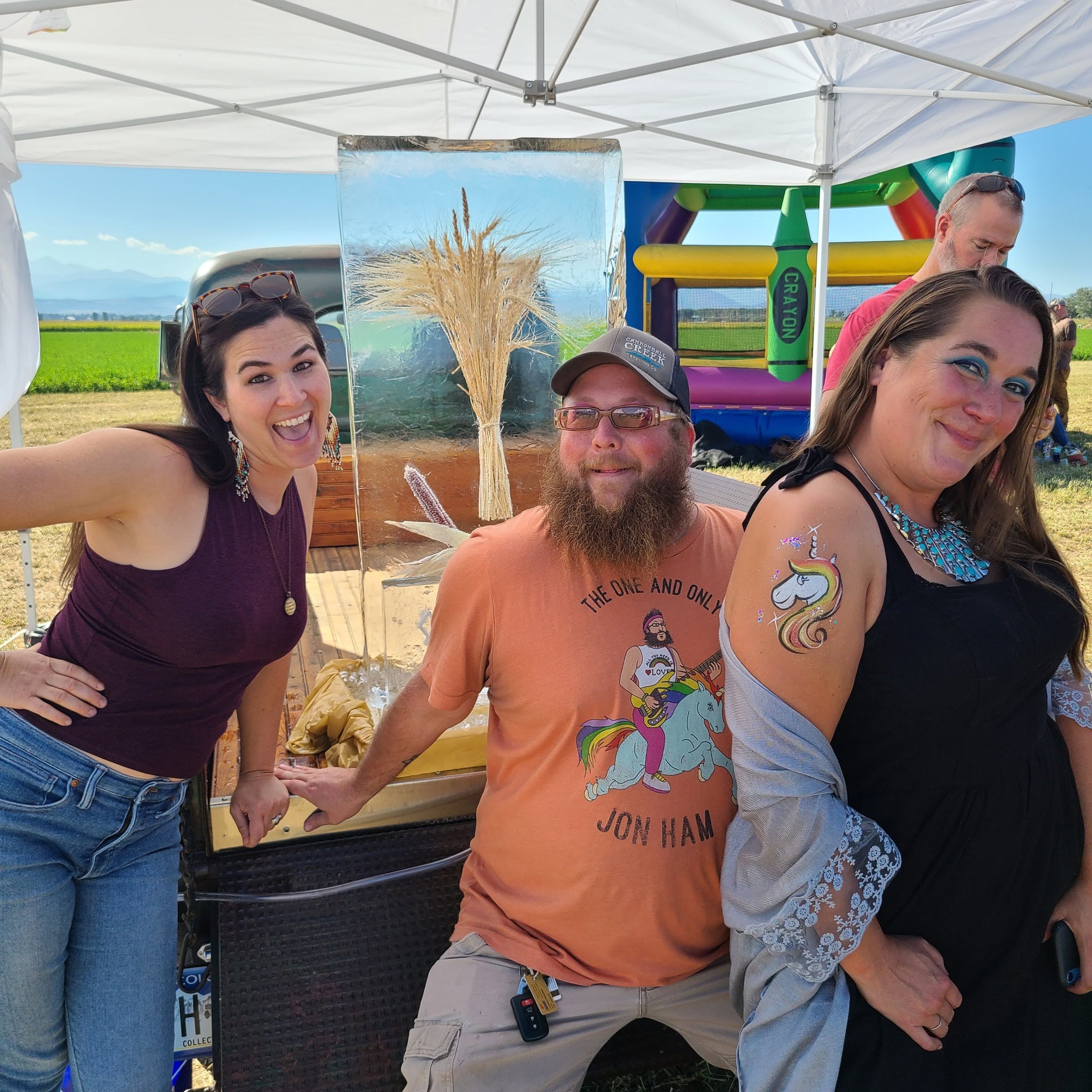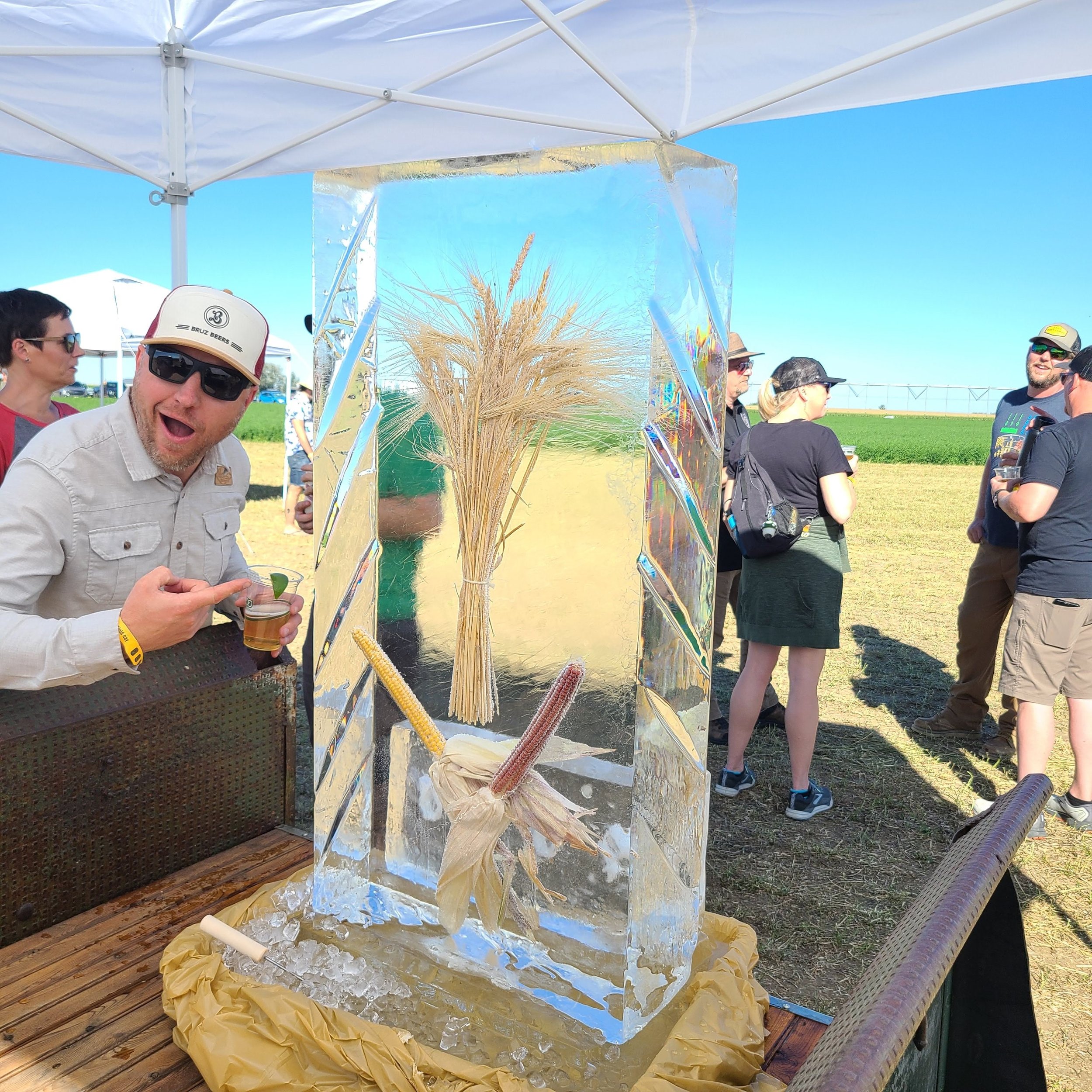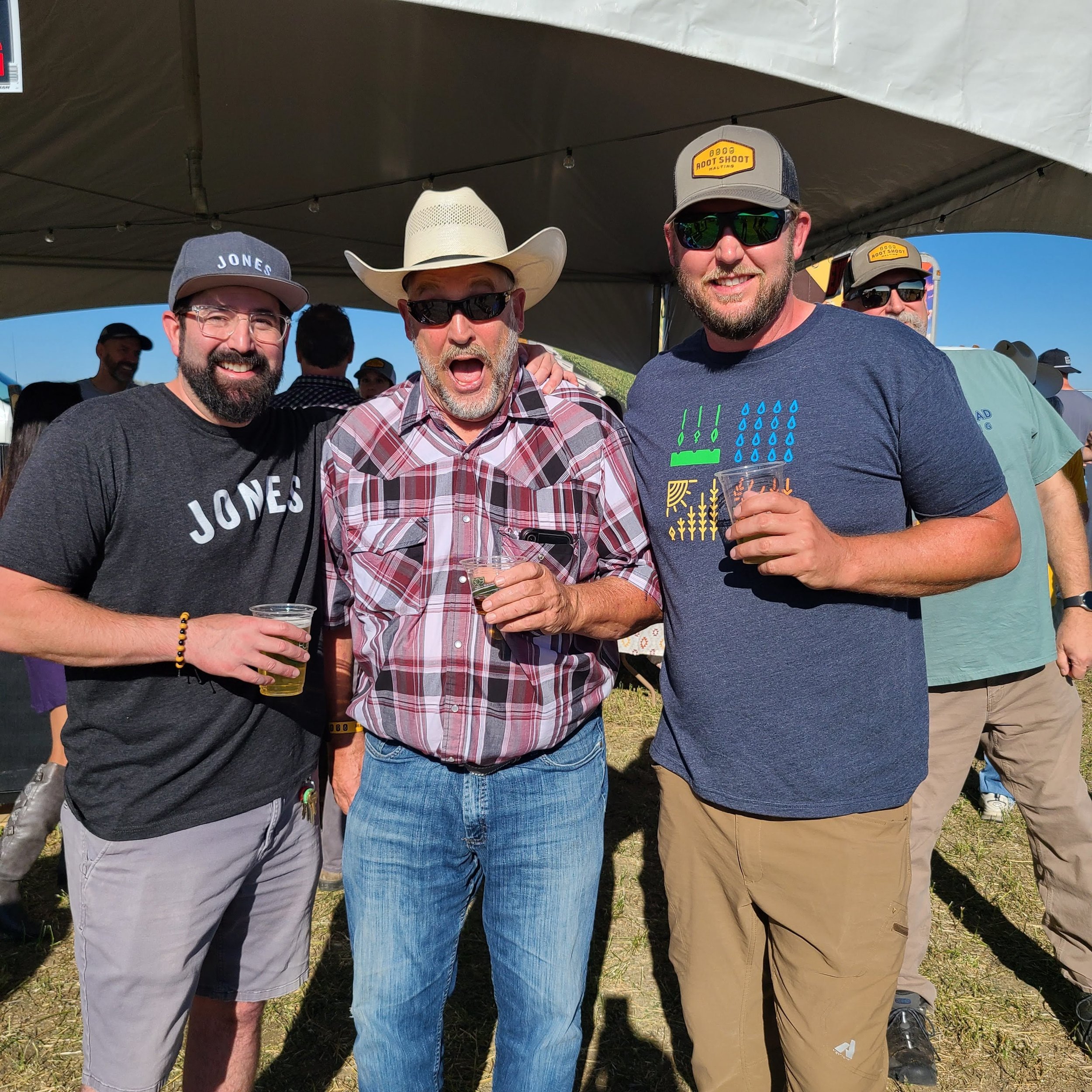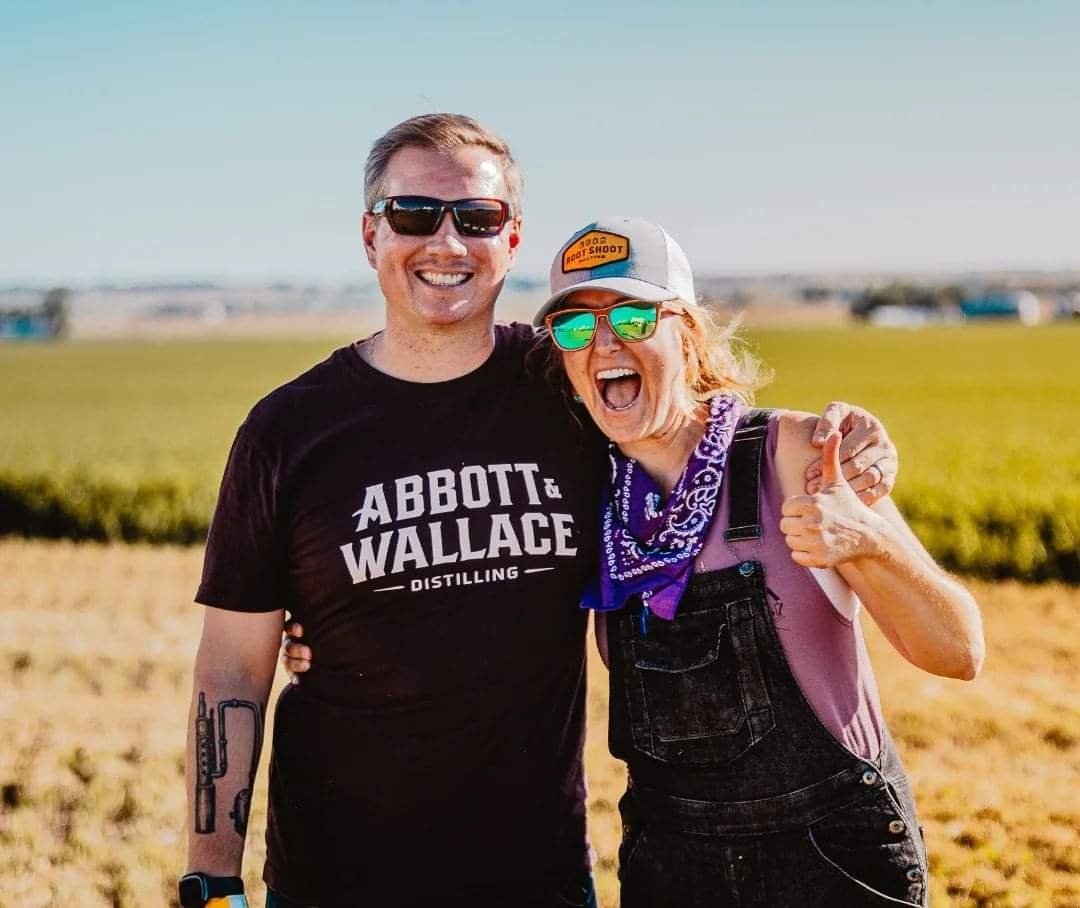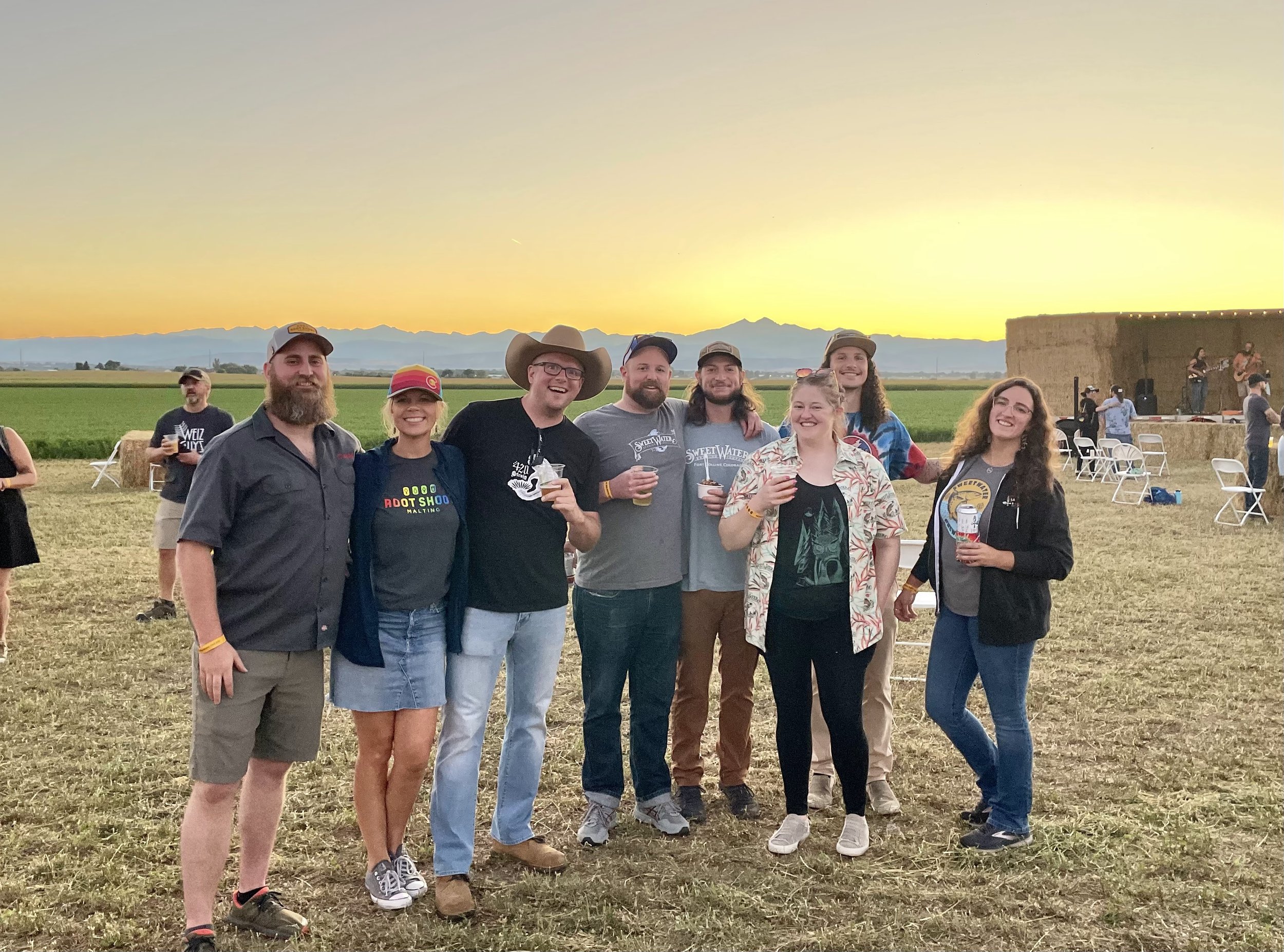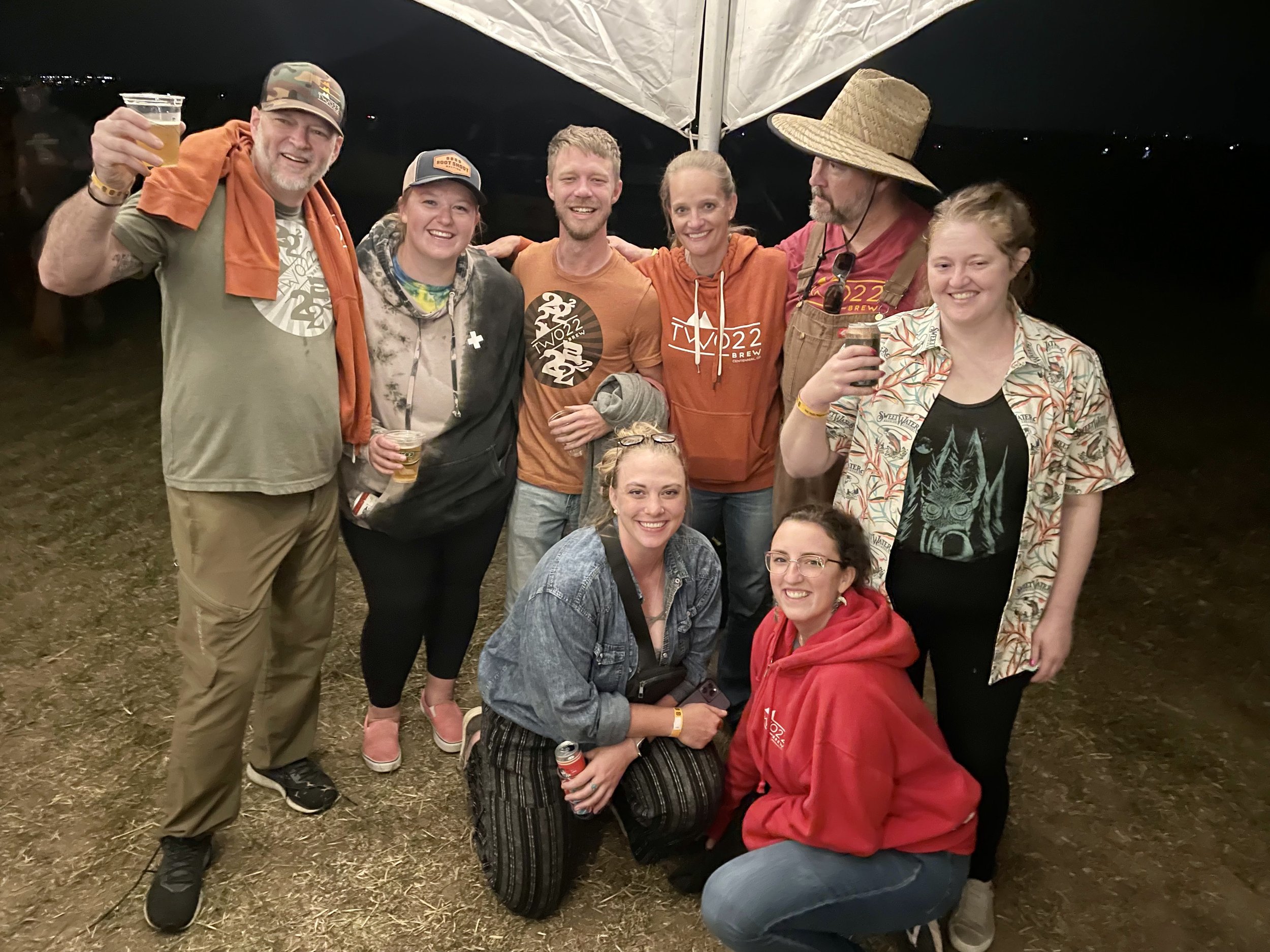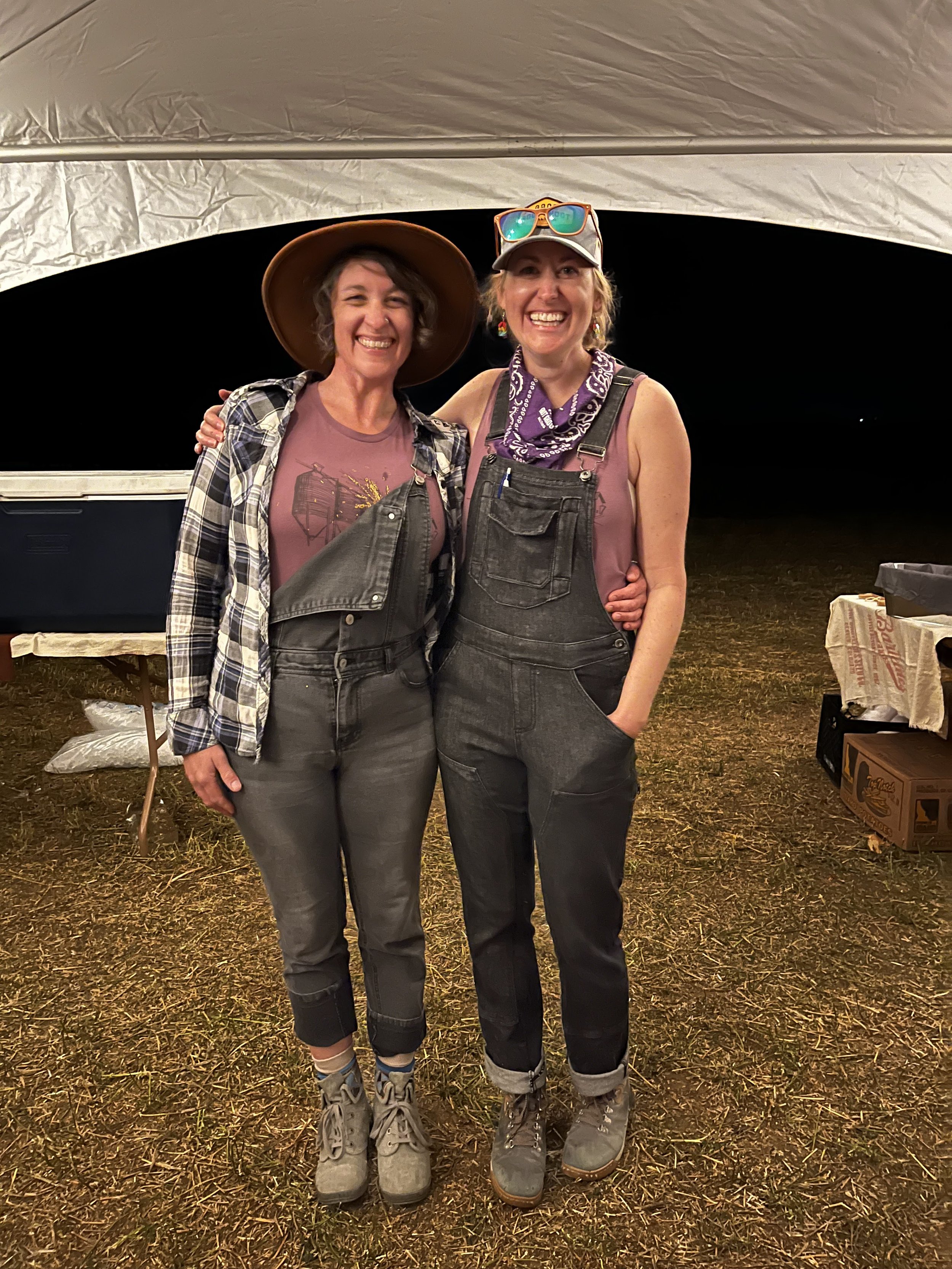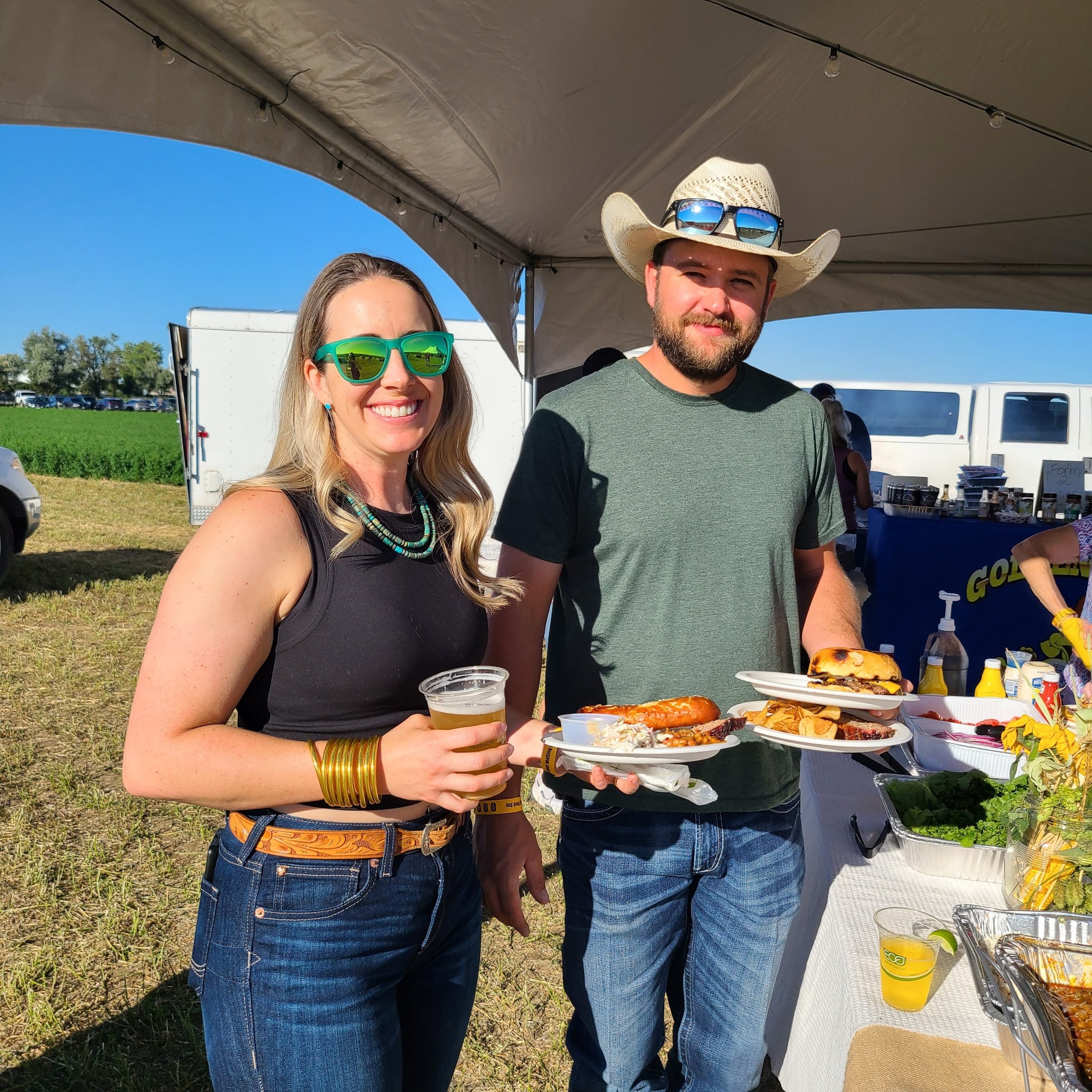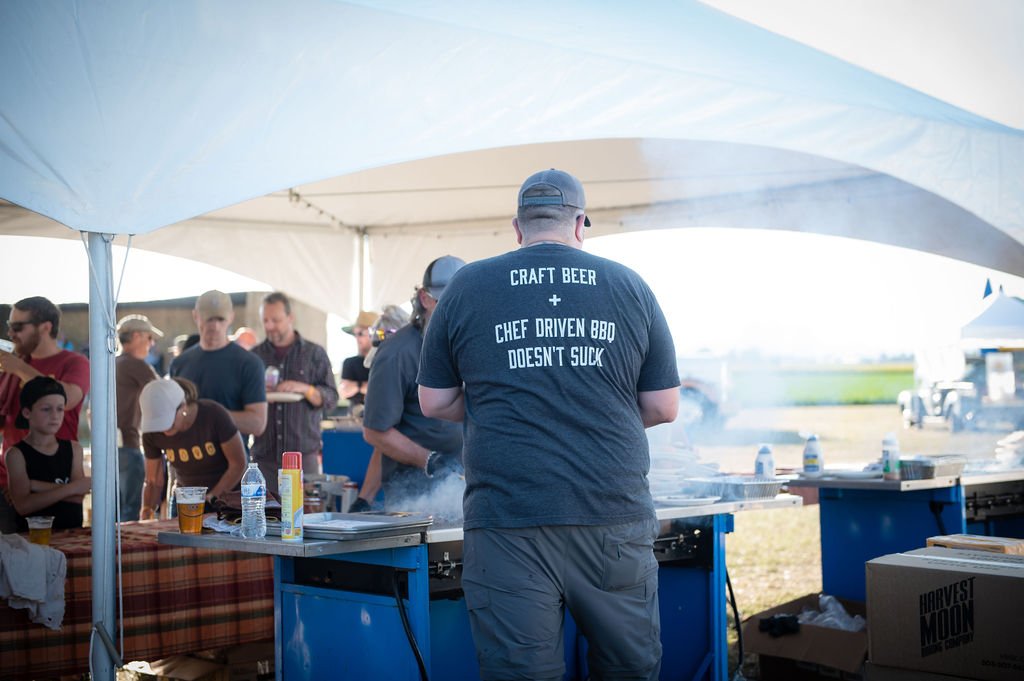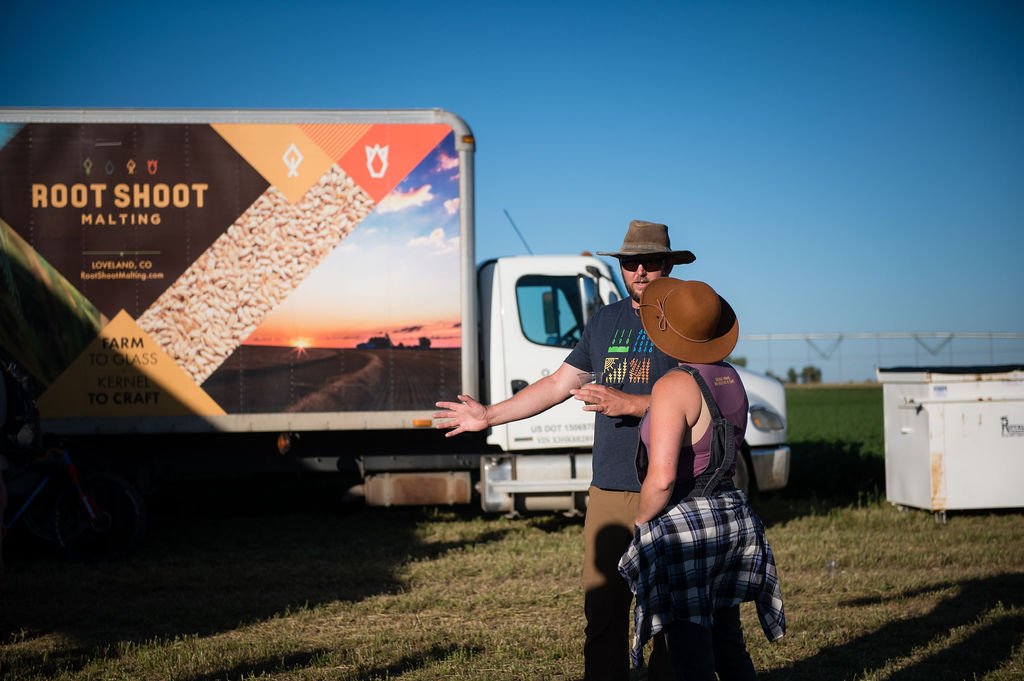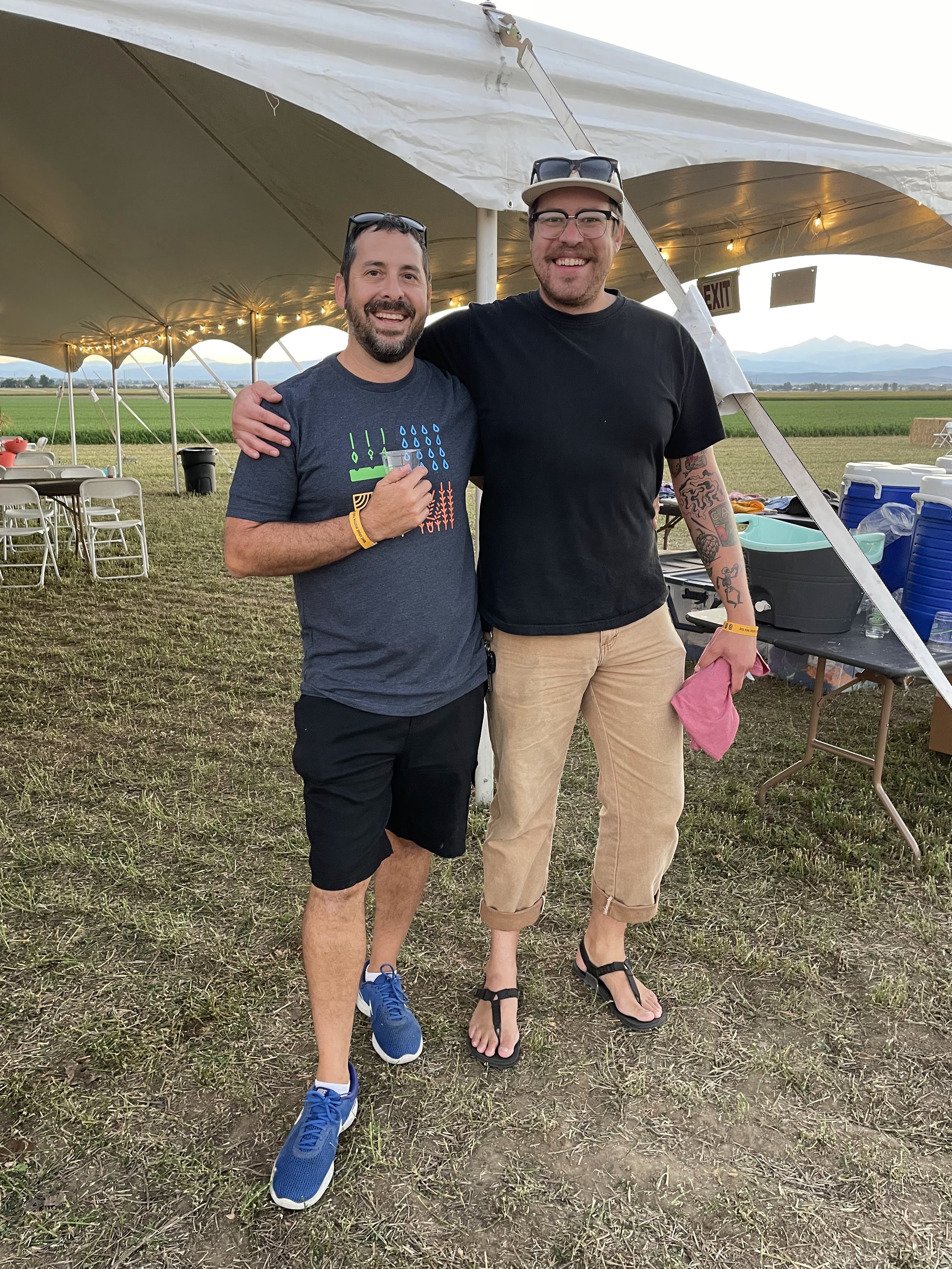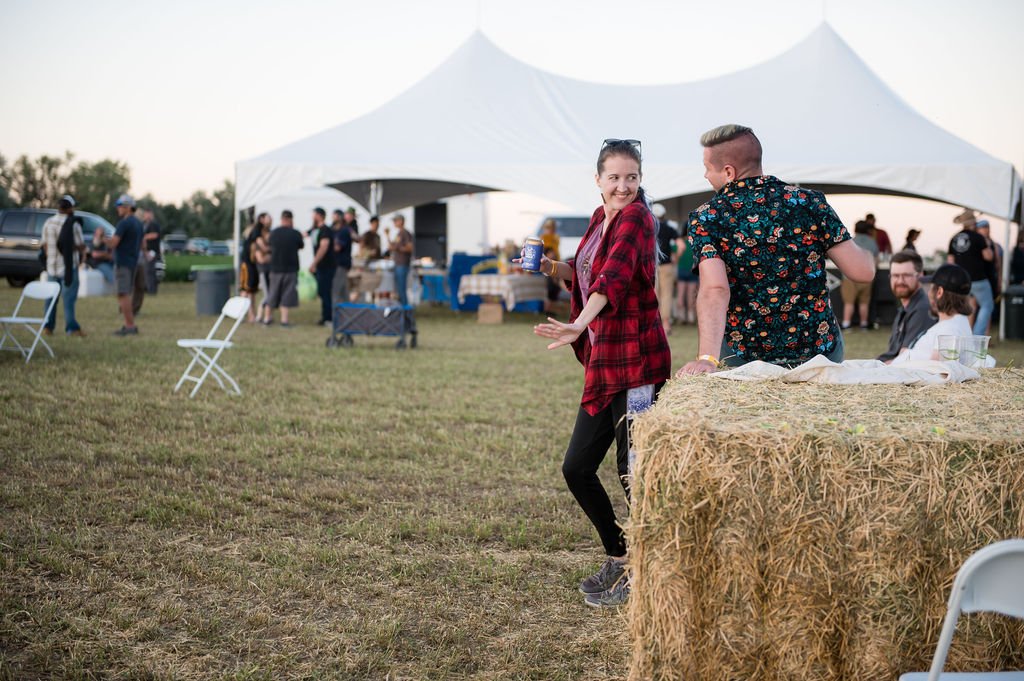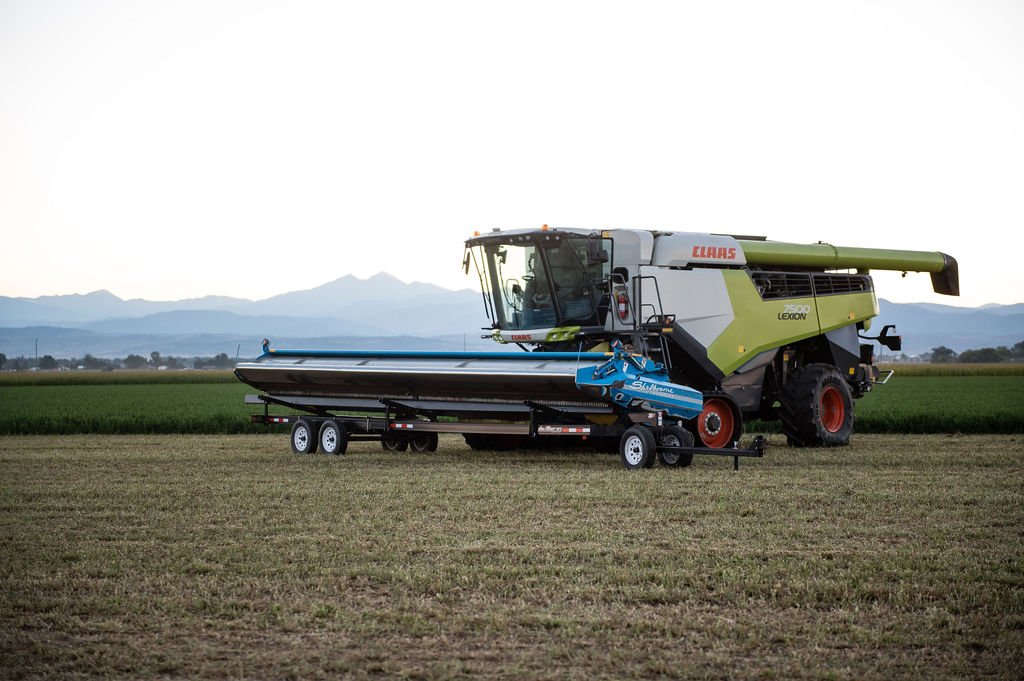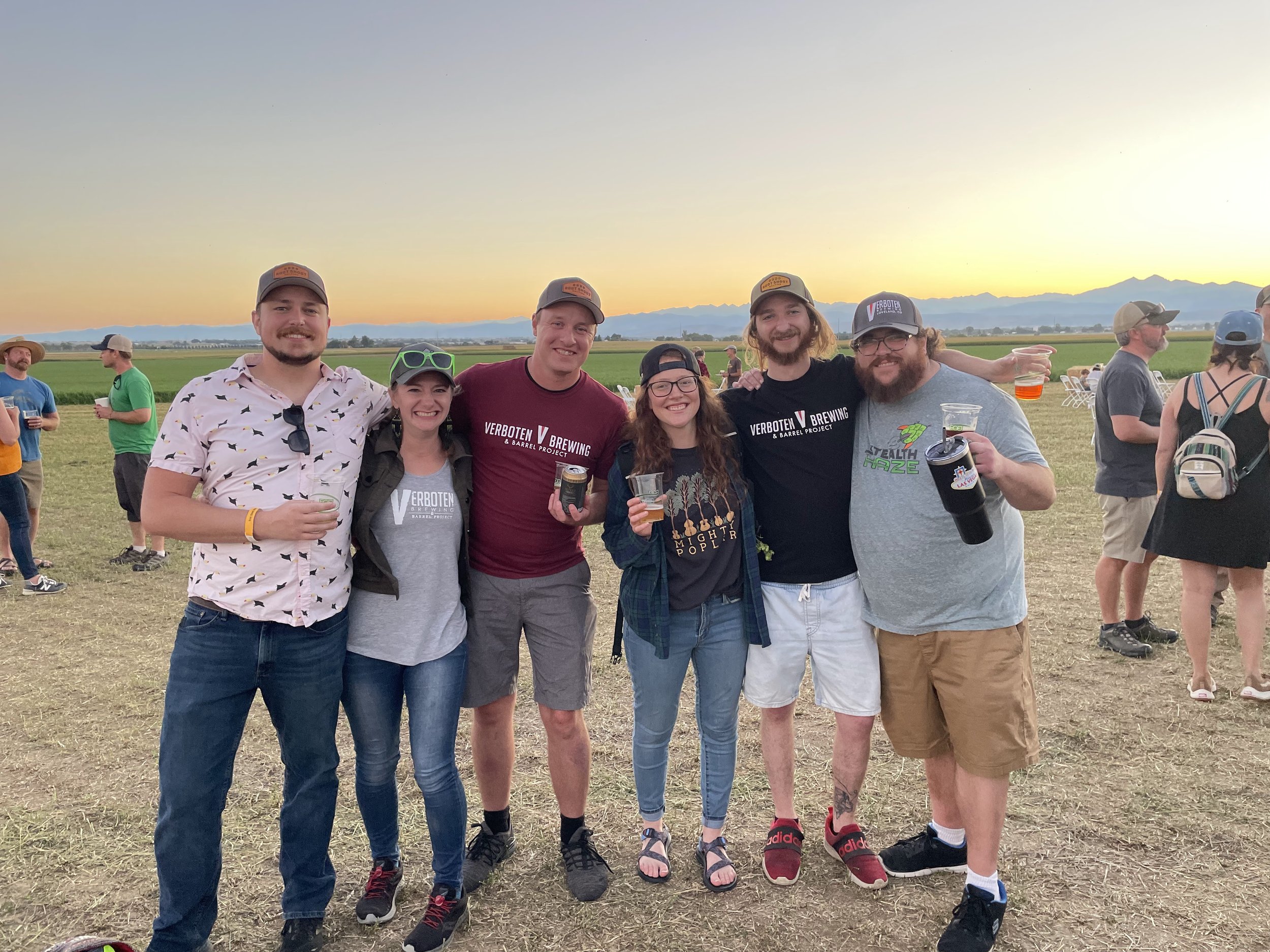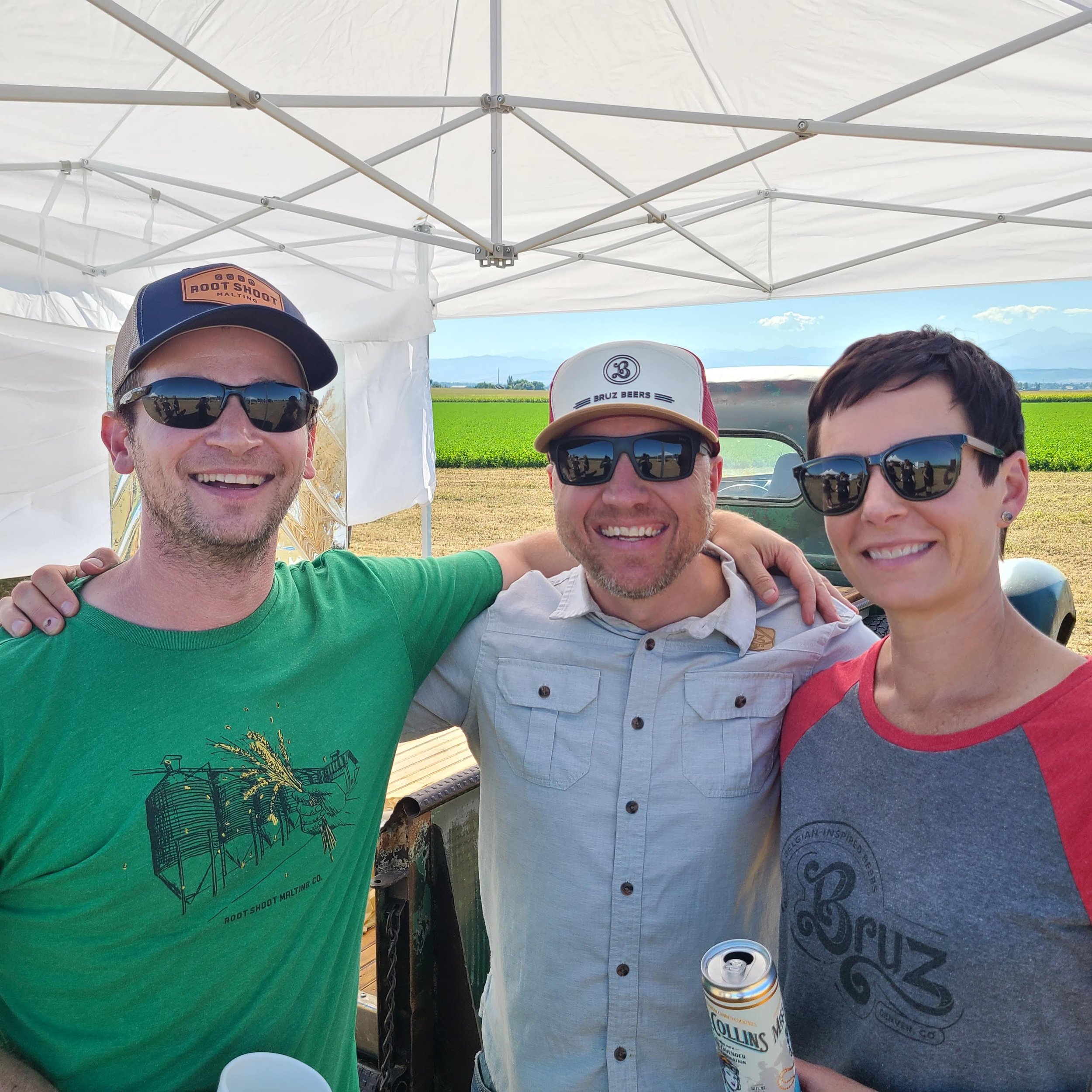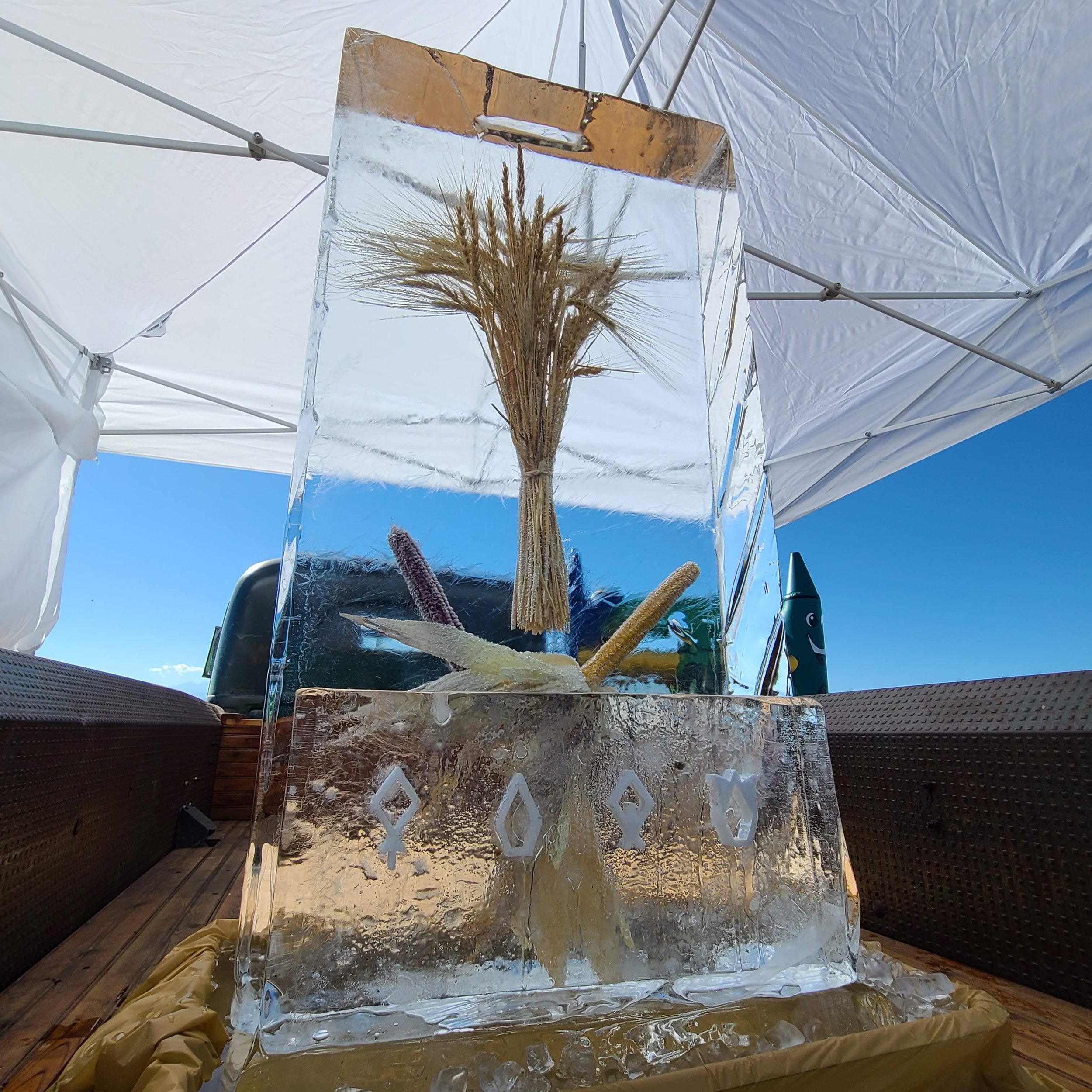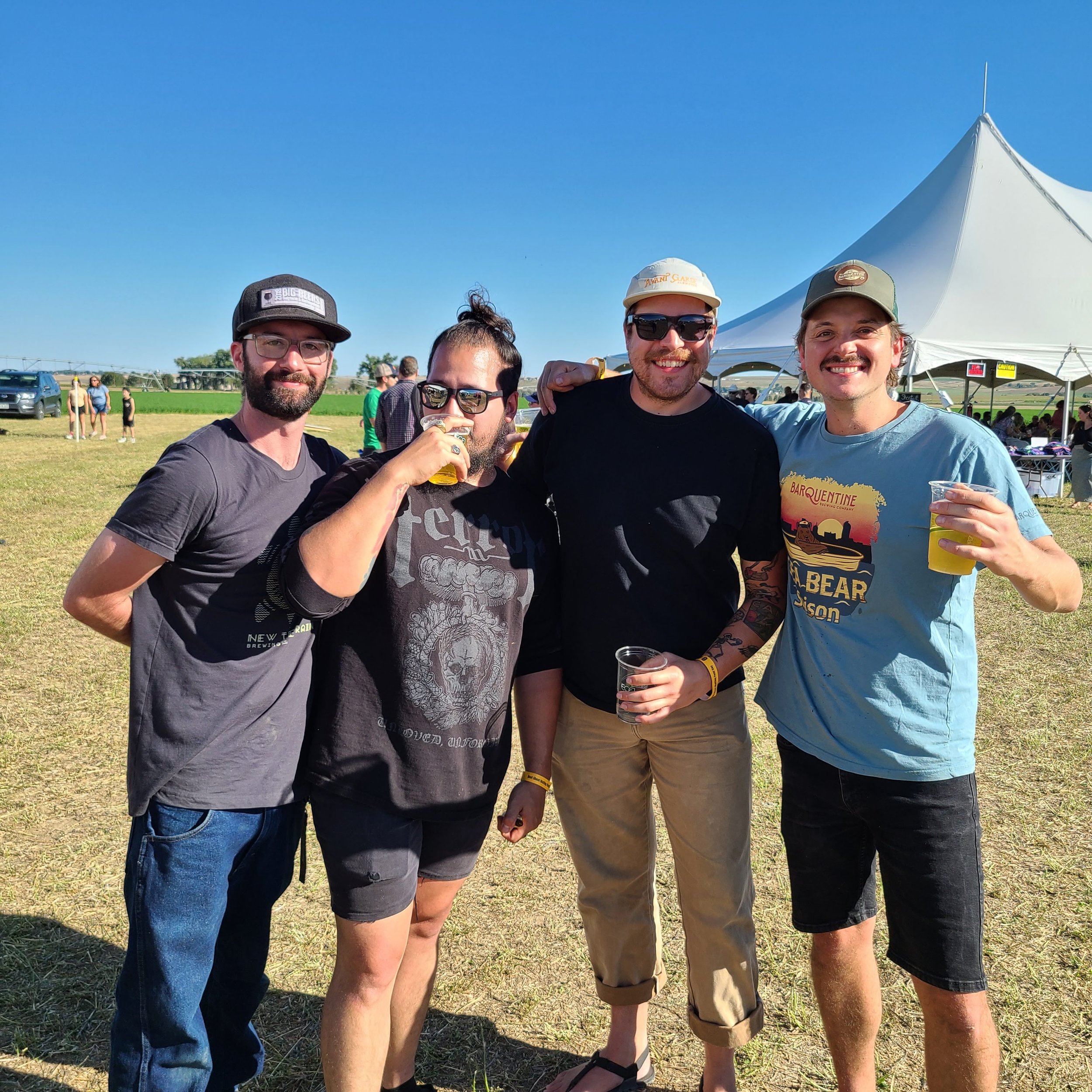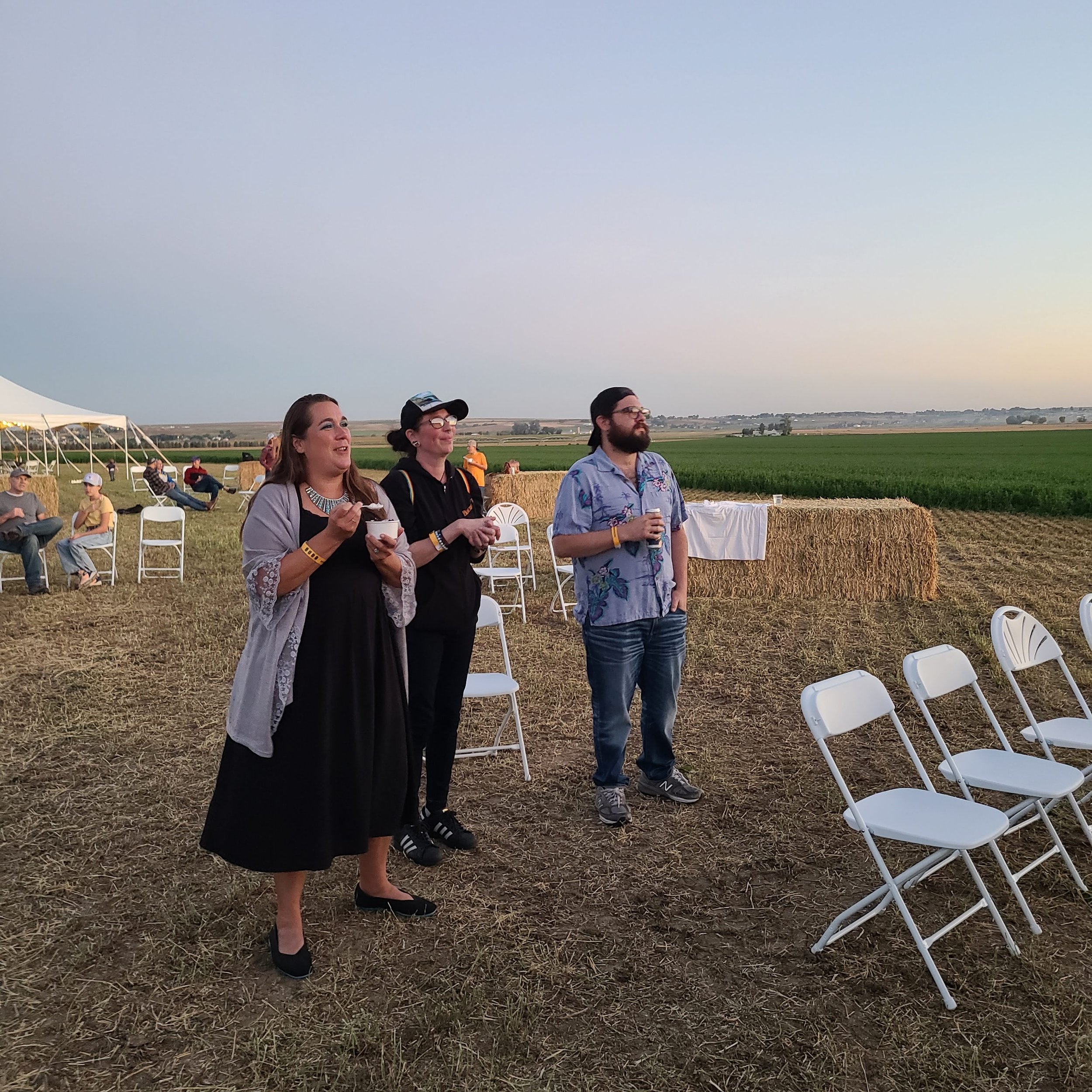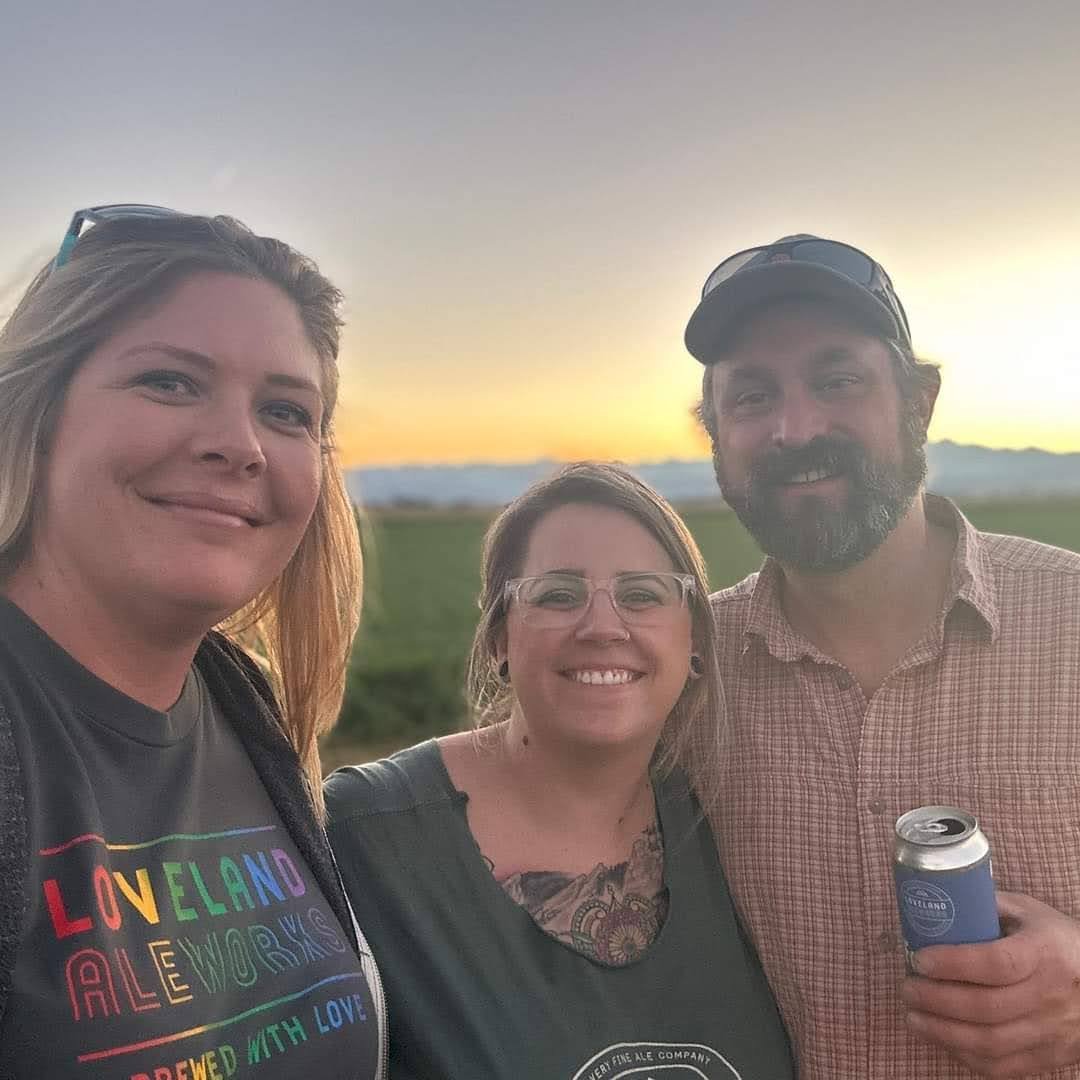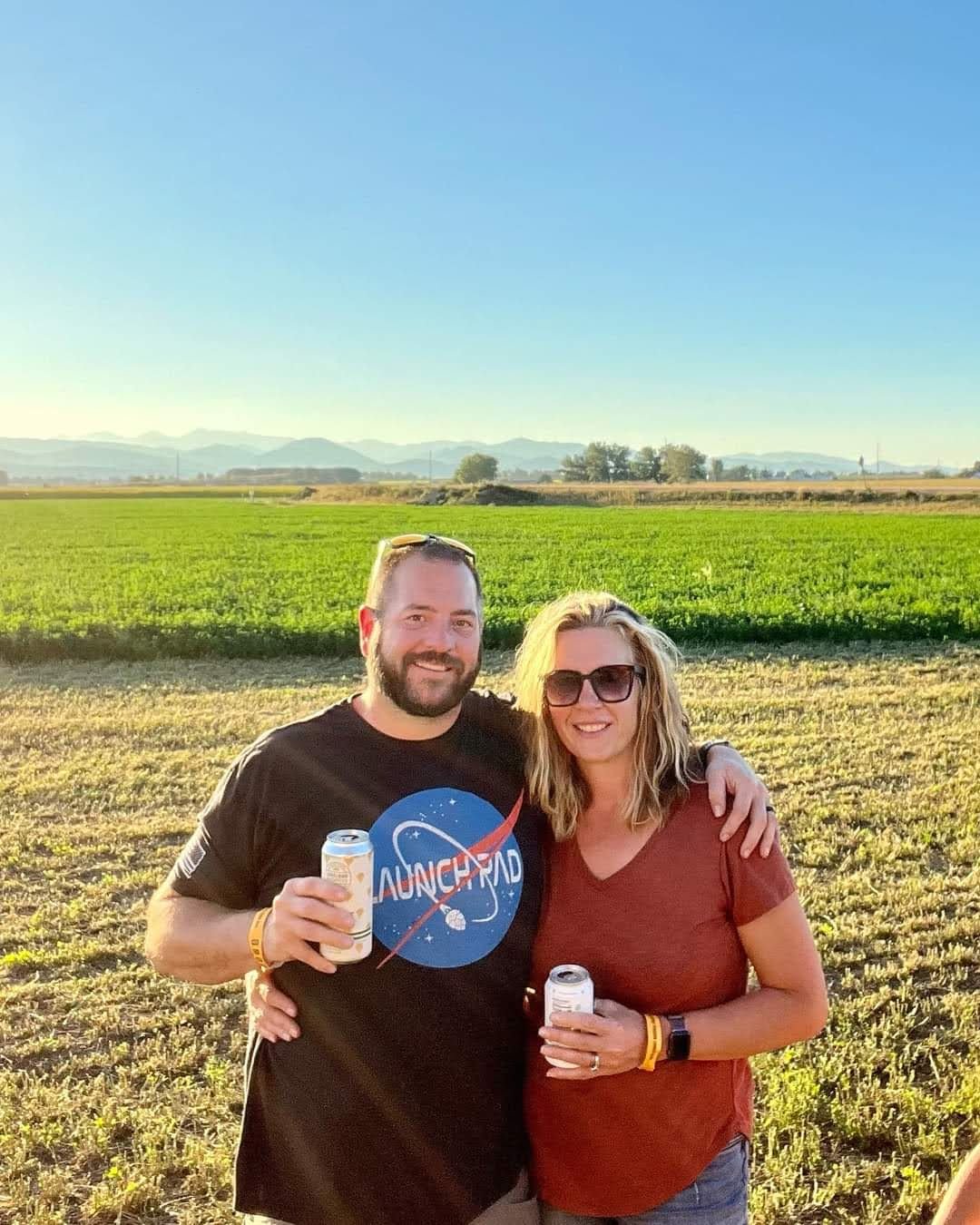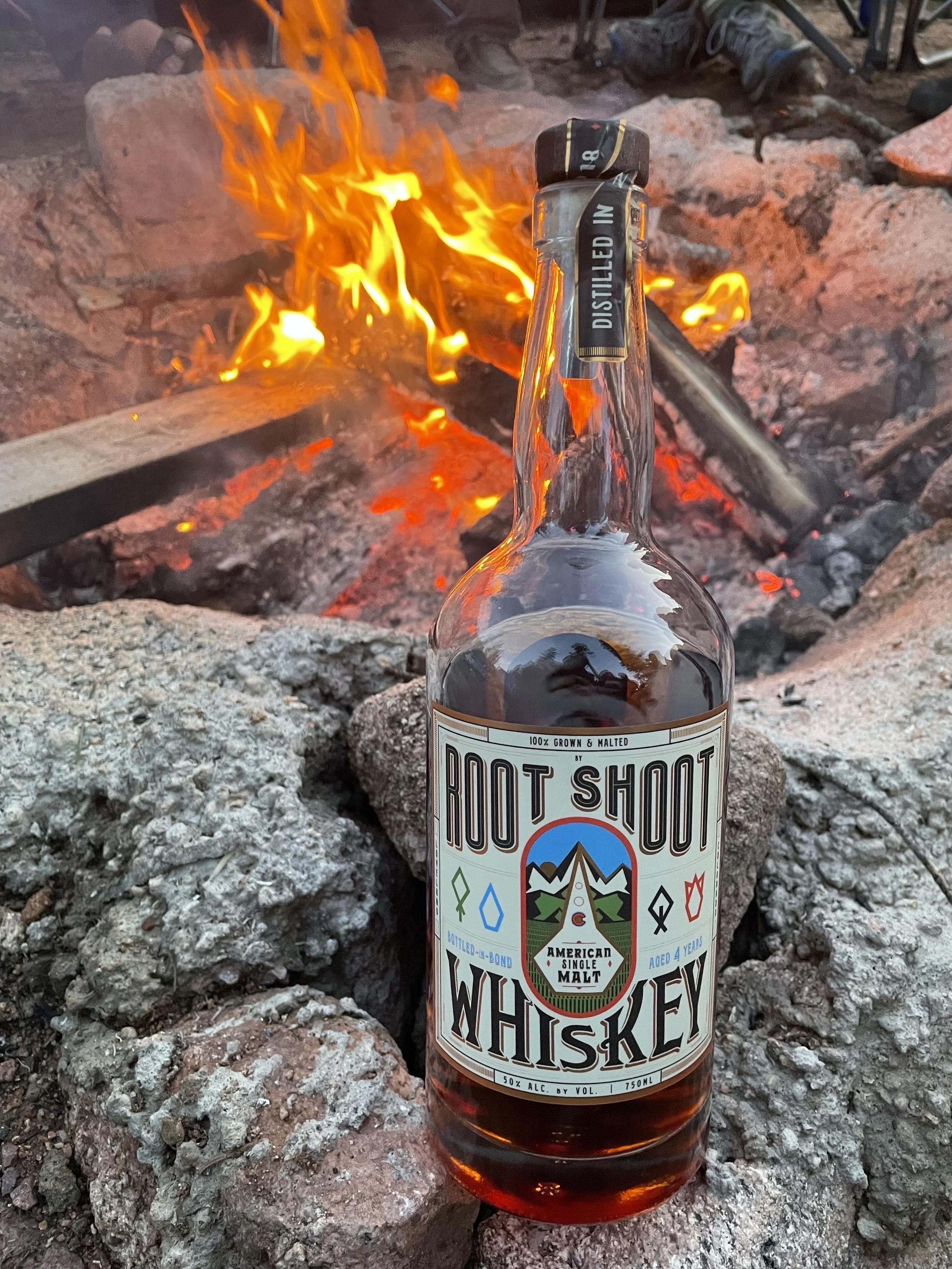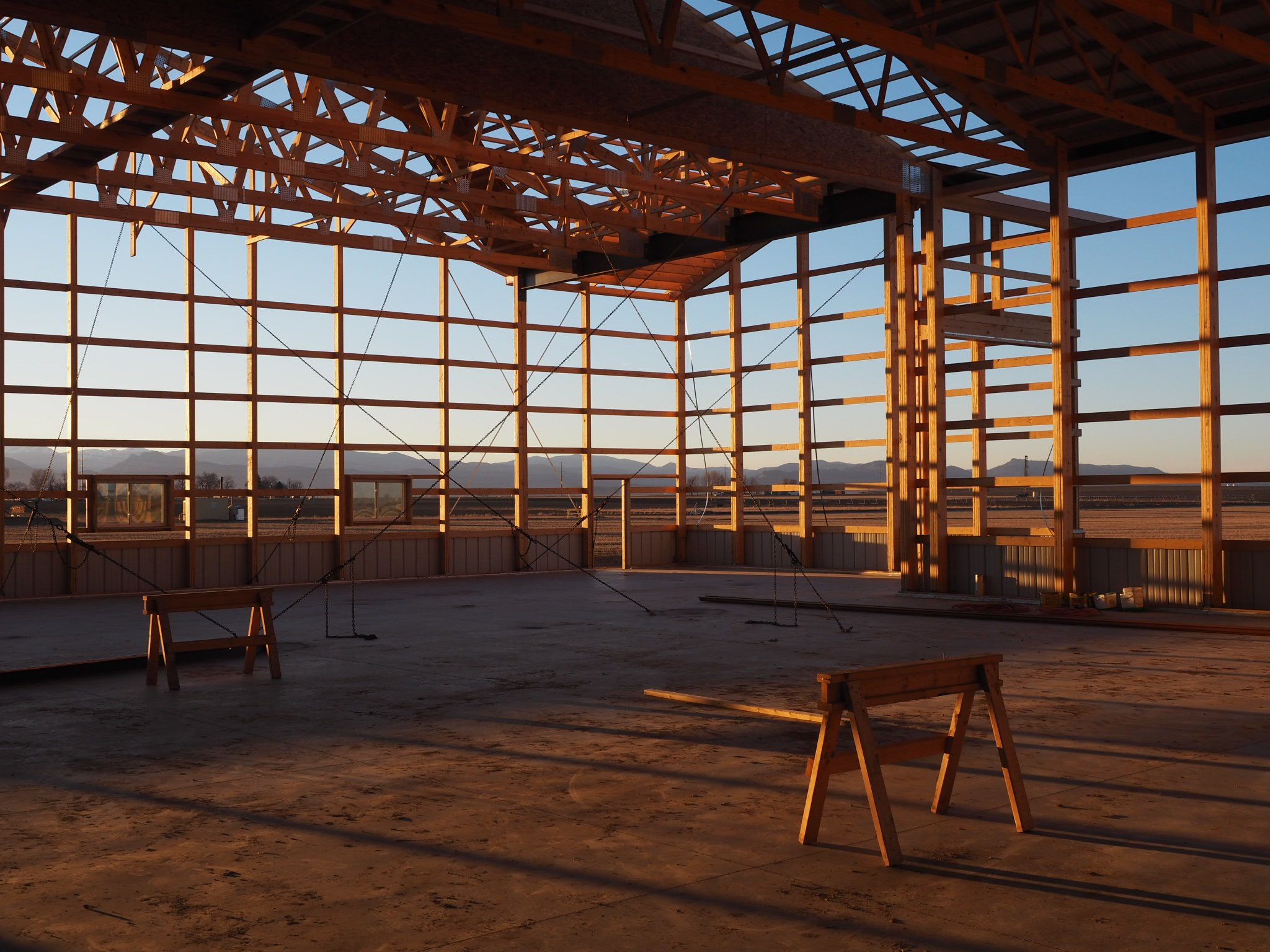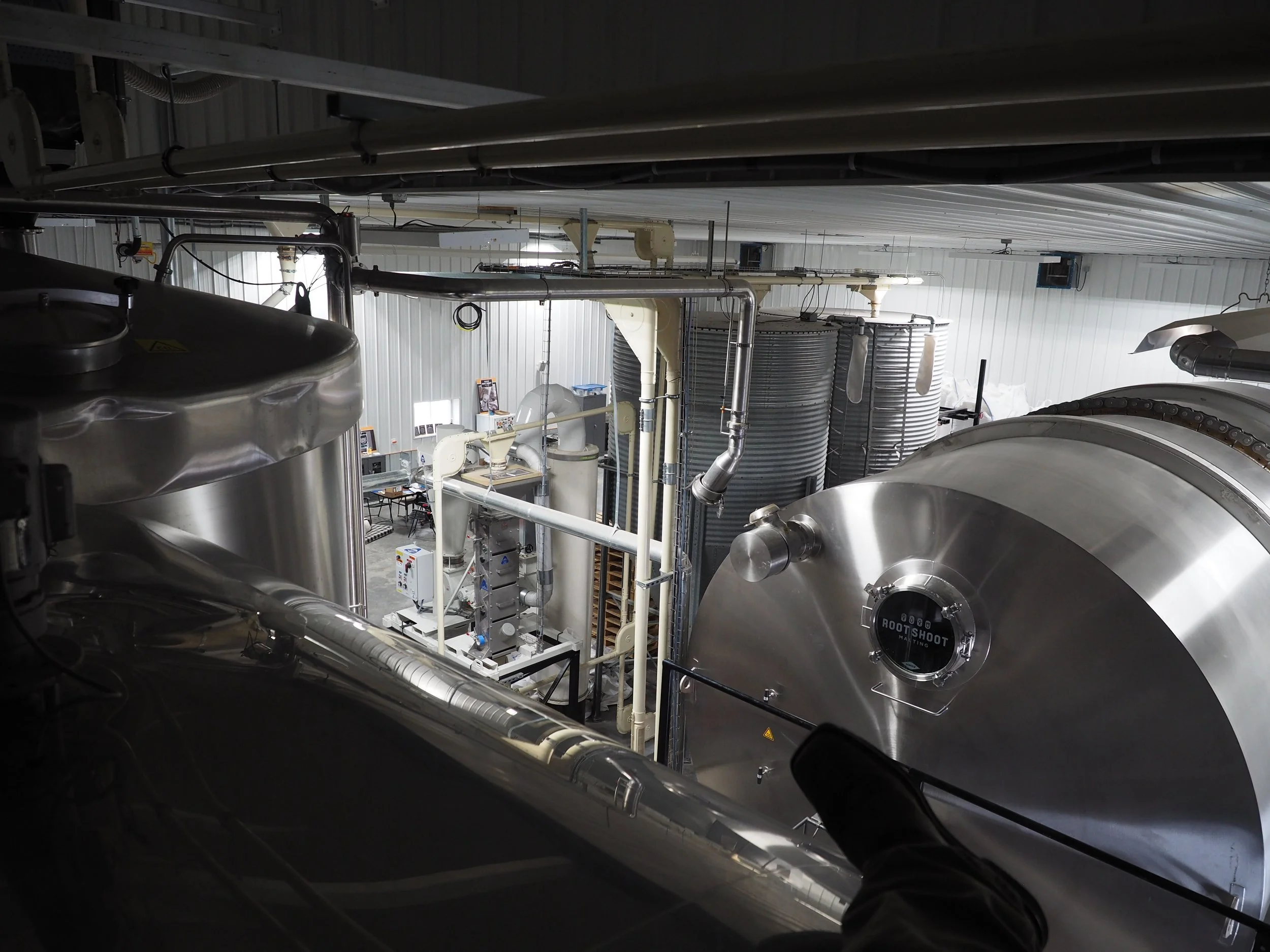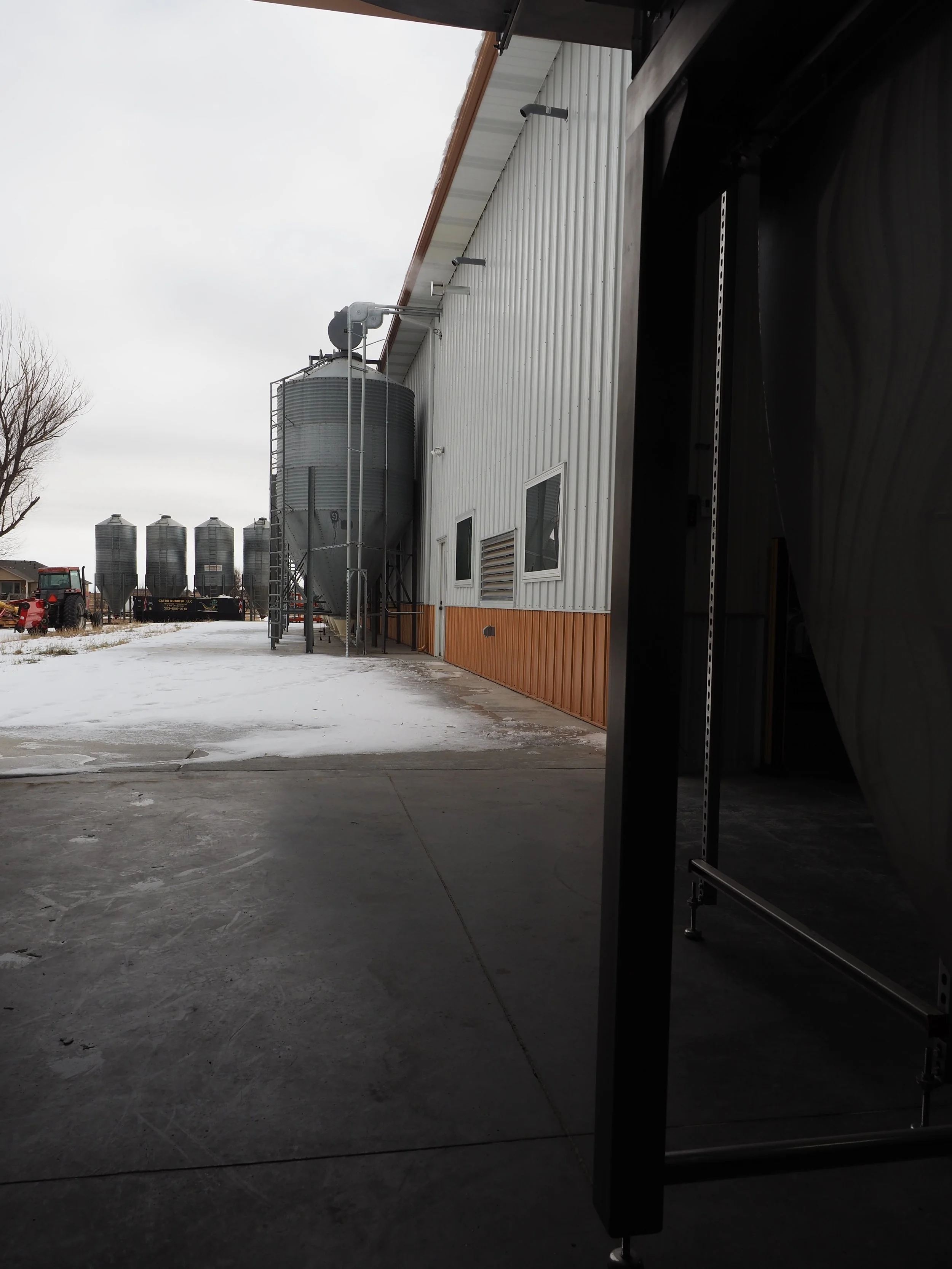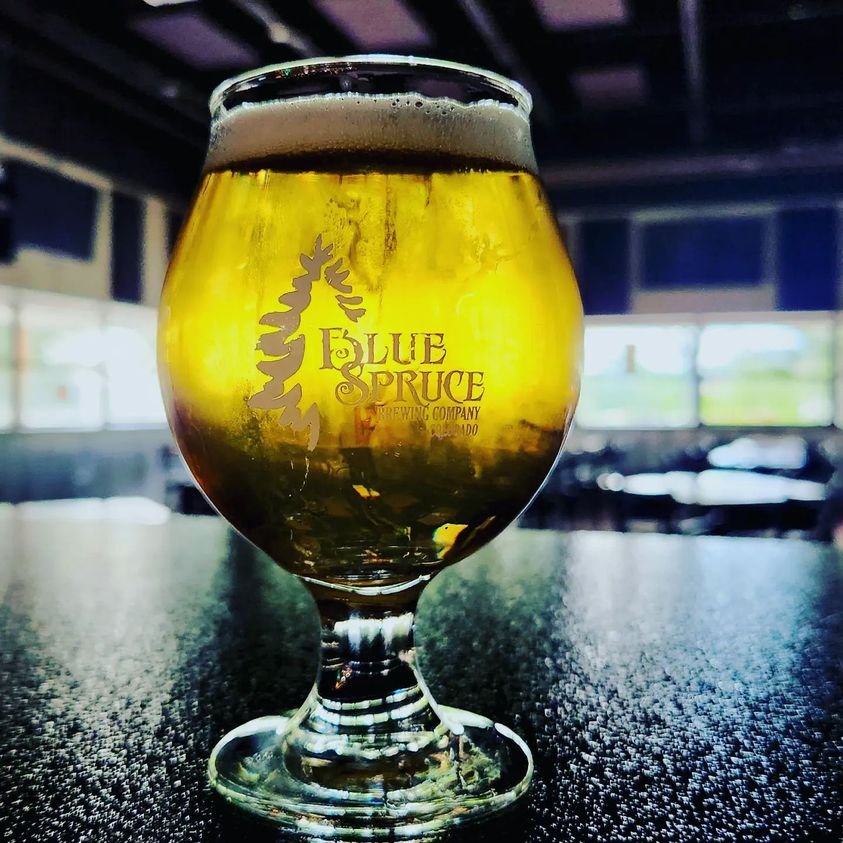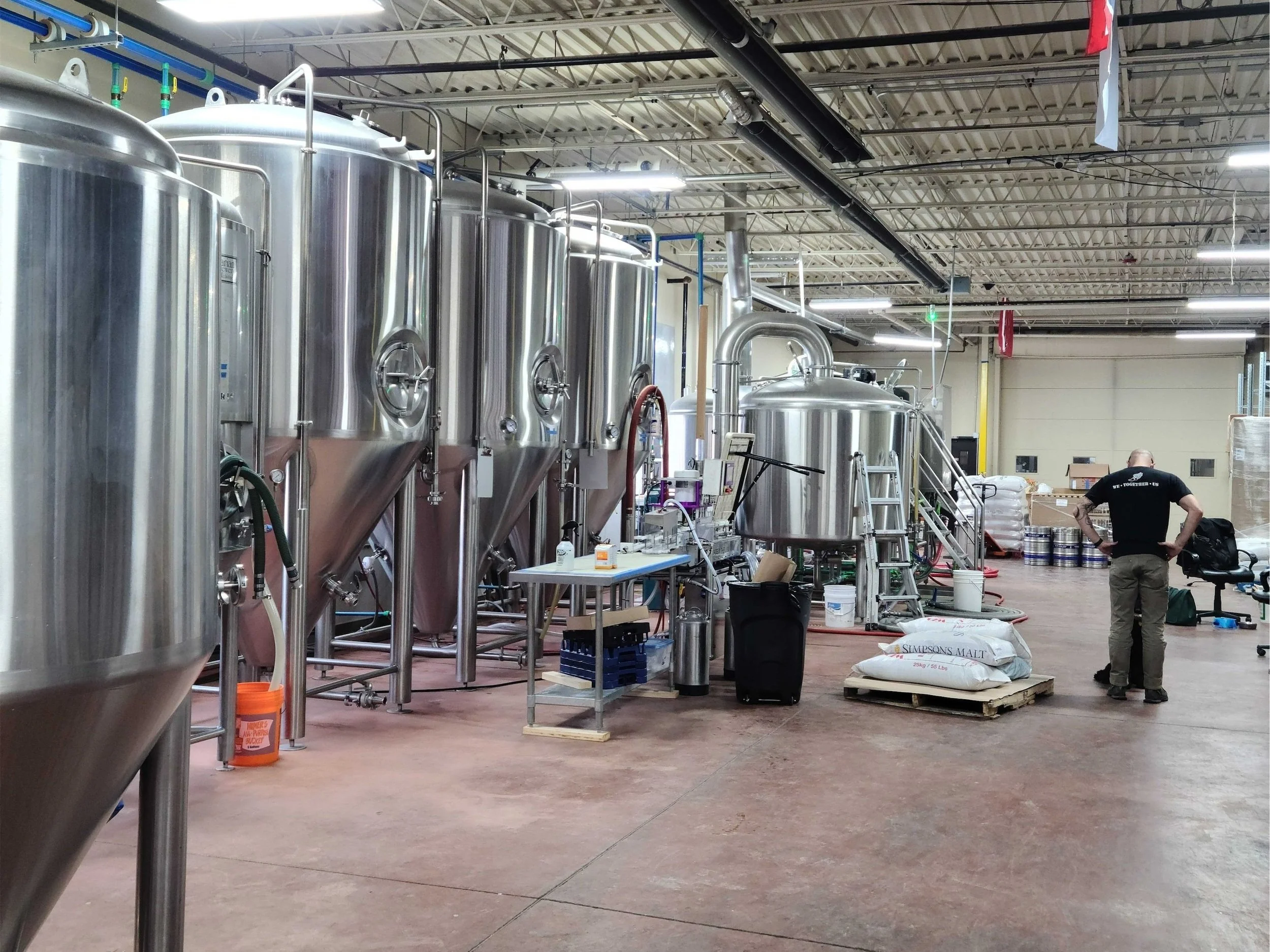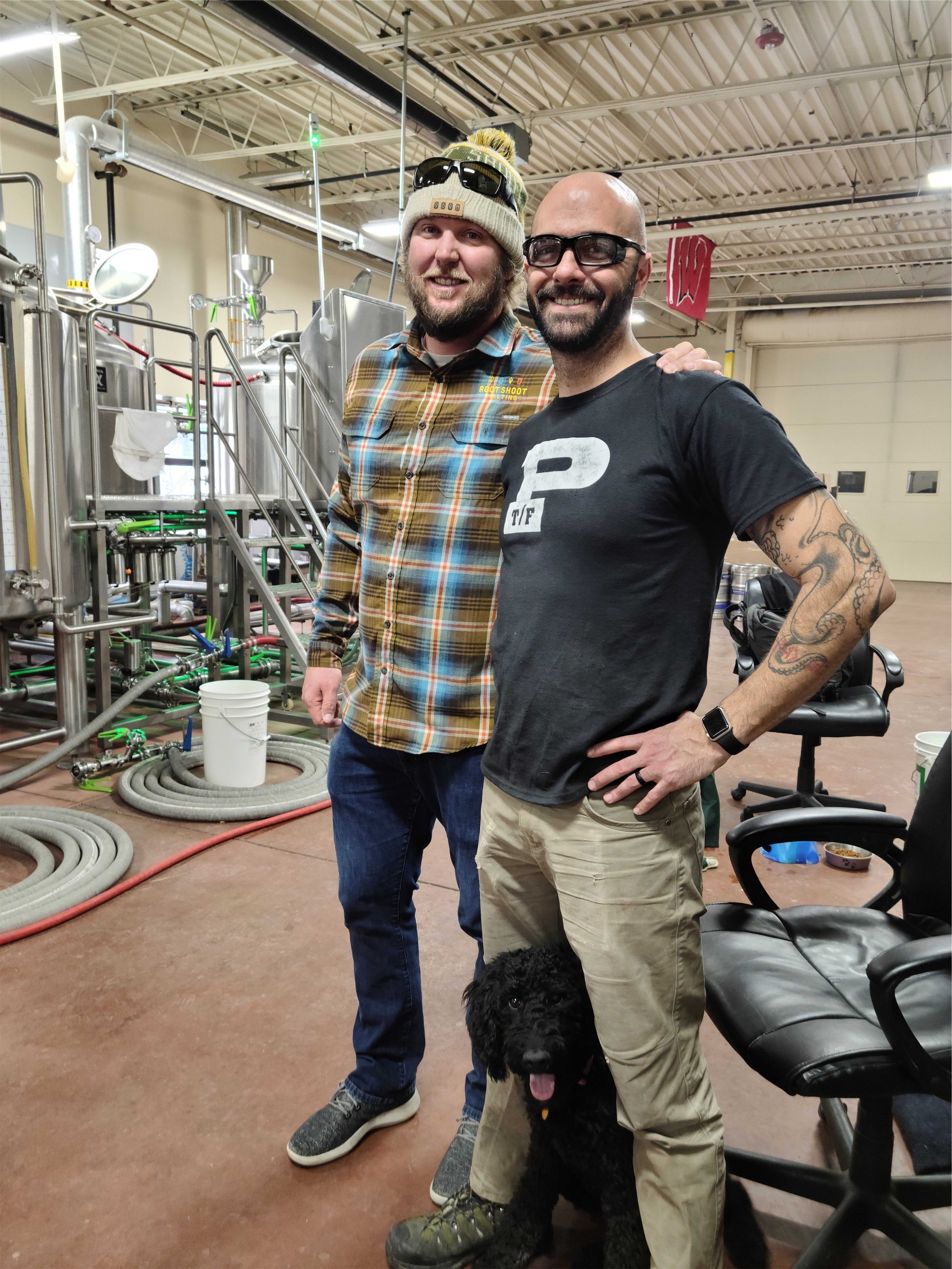It’s a month of gratitude, and we are here for it!
Life gets so busy at times that all of us - your Root Shoot Malting team most definitely included - often forget to stop and smell the rose…er, hops…and recognize all that is right and good and delicious in the world. This month, as part of our emphasis on gratitude, we’re doing a Good News/Good Brews round-up. Heck, we’ve even thrown some good spirits in as well…we just couldn’t make it rhyme with “news.”
Our industry is so fantastic, the people are so amazing, and the libations are so well-crafted that we could probably do a good news review every month. Maybe we should. But for now, we’re wallowing in the autumnal awesomeness around us, and making this (by no means complete) of some of the excellent things happening - and pouring right now. And of course, we must start with…
Get your drink on!
With the holidays approaching, there are so many options for beverages to accompany those hearty homemade meals. A few things we’re loving right now?
Upslope’s oatmeal stout:
An annual release featuring Root Shoot’s English Pale malt, this year’s batch of stout is particularly palate-pleasing. Actually, in the words of Malthouse Manager Mike, it’s “really freaking awesome.” Which is amazing, because we’ve always considered it really freaking awesome before…but this year…a real winner. If you’re looking for a dark beer for these short days, this one should make your short list.
Horse & dragon’s Agile INquisitor Doppelbock
Are you the “Go big, or go home” type? Then you should go grab the new Doppelbock by Horse & Dragon. Registering at a whopping 9% ABV, this big beer features Munich 10 malt and was made for thick sweaters and campfires: something to keep you toasty all night long.
Coopersmith’s GABF Gold Medal Pro-Am Beer:
She Fancies Herself A Little Bit French is local homebrewer Mark Pennick’s second consecutive win with Coopersmith’s in the Pro-Am category (using Root Shoot malt, of course)…and this beer…is just…
Wow.
A huge congrats to both Mark and Coopersmith’s on being amazing partners and absolutely stellar brewers!
It’s not all beer, either!
The (New) Rosie’s Root Shoot Cocktail:
Live in NoCo? Rosie’s is a brand-new cocktail bar behind the secret door at Rosie’s Barber Shop in Loveland. Sound intriguing? That’s because it is! As is the Root Shoot cocktail they have on the menu. But since speakeasies thrive on a little bit of secrecy, you’ll have to go check it out to learn more…
Molly Brown spirits..at home:
Want to get your drink on, but too cozied up in your pjs on the couch? Molly Brown Spirits can be ordered online. The belly-filling warmth of bourbon, without ever leaving your bed!
Beer (or bourbon or gin or whatever you may choose) is no fun without buddies, however, so in addition to suggestions on some of the beverages we’re currently sipping, we’ve also got suggestions to…
Hit That Holiday Fun, Early!
So many releases, so many anniversaries, so many holiday happenings that there’s no reason to wait until Thanksgiving to start having fun…Mark your calendars and start celebrating, now!
Timnath beerworks’ 5th anniversary:
Join them starting Wednesday to celebrate 5 years of Timnath beer! The festivities run into the weekend with events daily 11/8 to 11/11. Check out their calendar for more!
Green Mountain Beer Company’s 7th anNIVERSARY:
Live a little further south than us? GMBC is celebrating their 7th anniversary 11/24-11/25 in addition to all the regular fun they have going on. Open mic nights, live trivia, music bingo, run clubs…you could spend every night of the week there and never get bored!
Verboten Brewing’s Barley Friday:
Wayyyy more fun than Black Friday is Verboten’s annual Barley Friday: a day to taste (and take home) an impressive array of artful barleywines.
Woods Boss Sip and Shop and City Star Handmade Market:
You know how we feel about supporting local. The holidays always provide ample opportunity to support artisans, craftspeople, and makers of all types…and to do so with a beer in hand? Even better! This month, Woods Boss’s Sip and Shop is happening 11/12 and City Star’s Handmade Market in Berthoud is 11/25. Stop by either place (or better yet, both!) for some artful inspiration.
Get Into That Giving Spirit
Finally, and most importantly, the holidays are about gratitude and giving: a moment in our year to take a breather and reflect on the things that matter. And something that matters very much to us? The Masters.
Rob Masters, head distiller at The Family Jones and a longtime, dedicated Root Shoot partner is currently battling bile duct cancer and is waiting for a liver transplant, hopefully coming soon. His wife, Heather, was recently diagnosed with breast cancer and they are now facing the reality of double cancer battles while also raising their son and managing life.
Please join us in supporting them through this crazy rough patch. Donations made to this account will go to paying for the cost of care as well as services that will make their lives easier during this time.
Family, Friends, health, and happiness.
And maybe a few craft beverages.
This is what the holiday season is all about.
With gratitude,
Your Root Shoot Malting team
